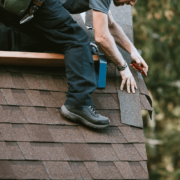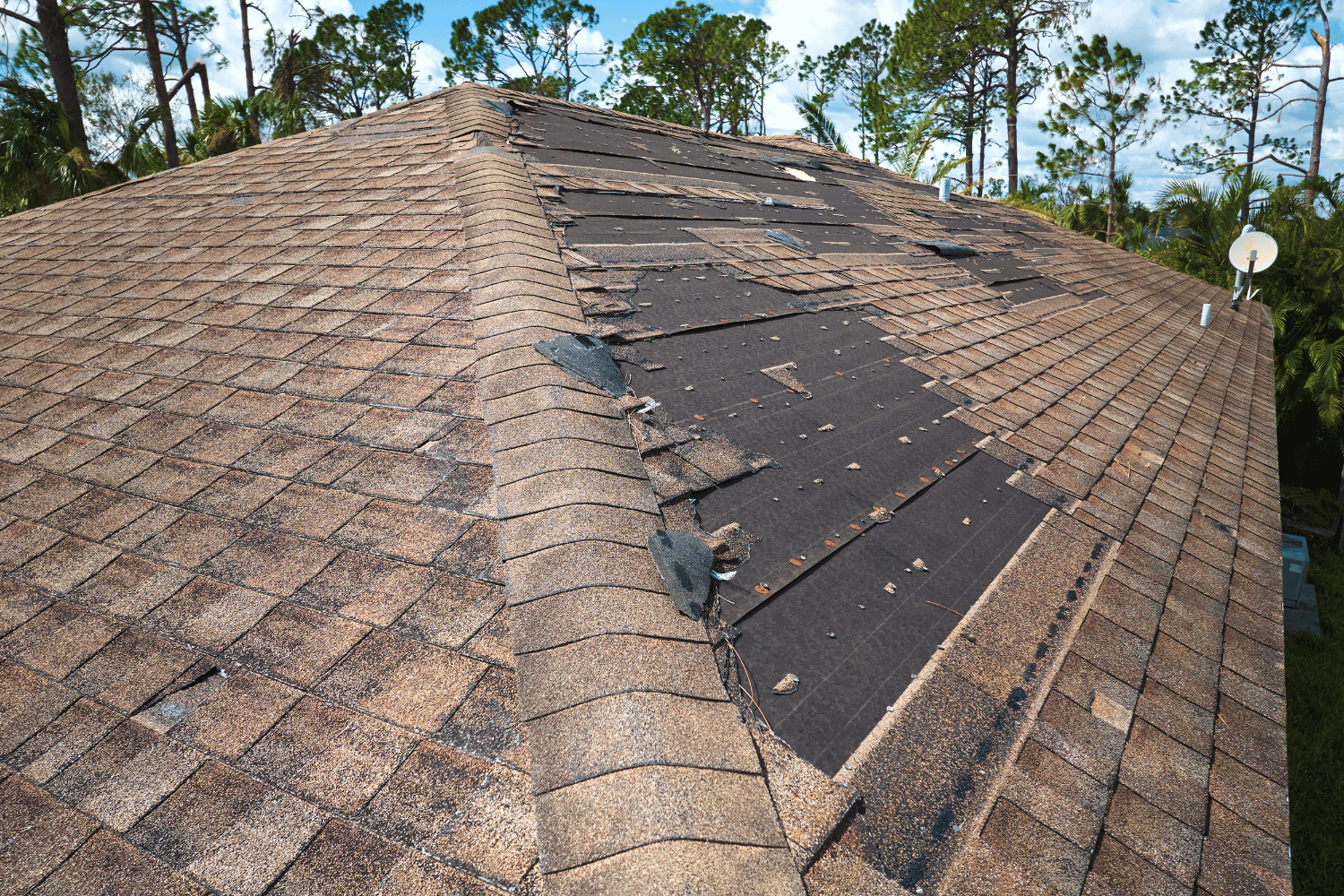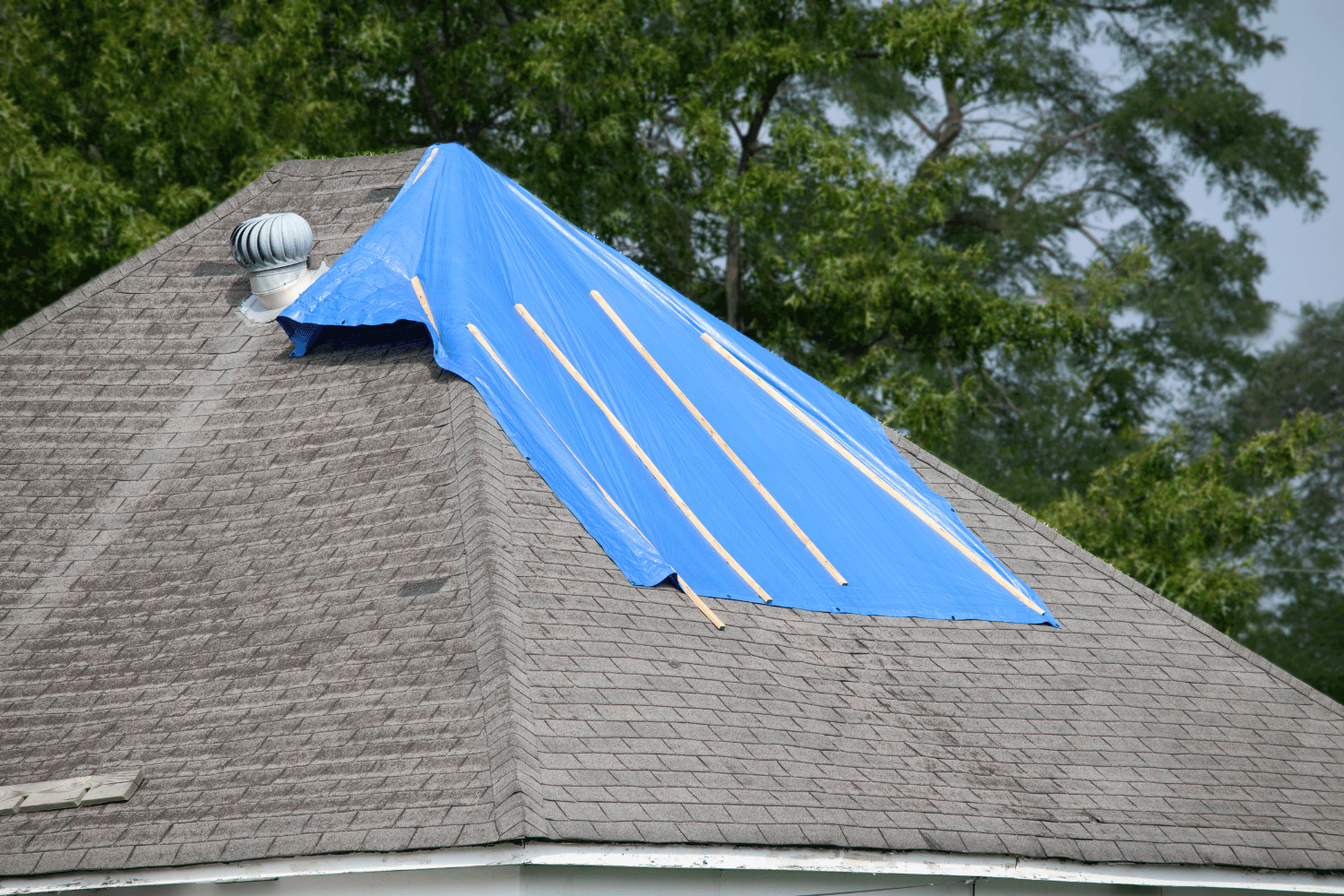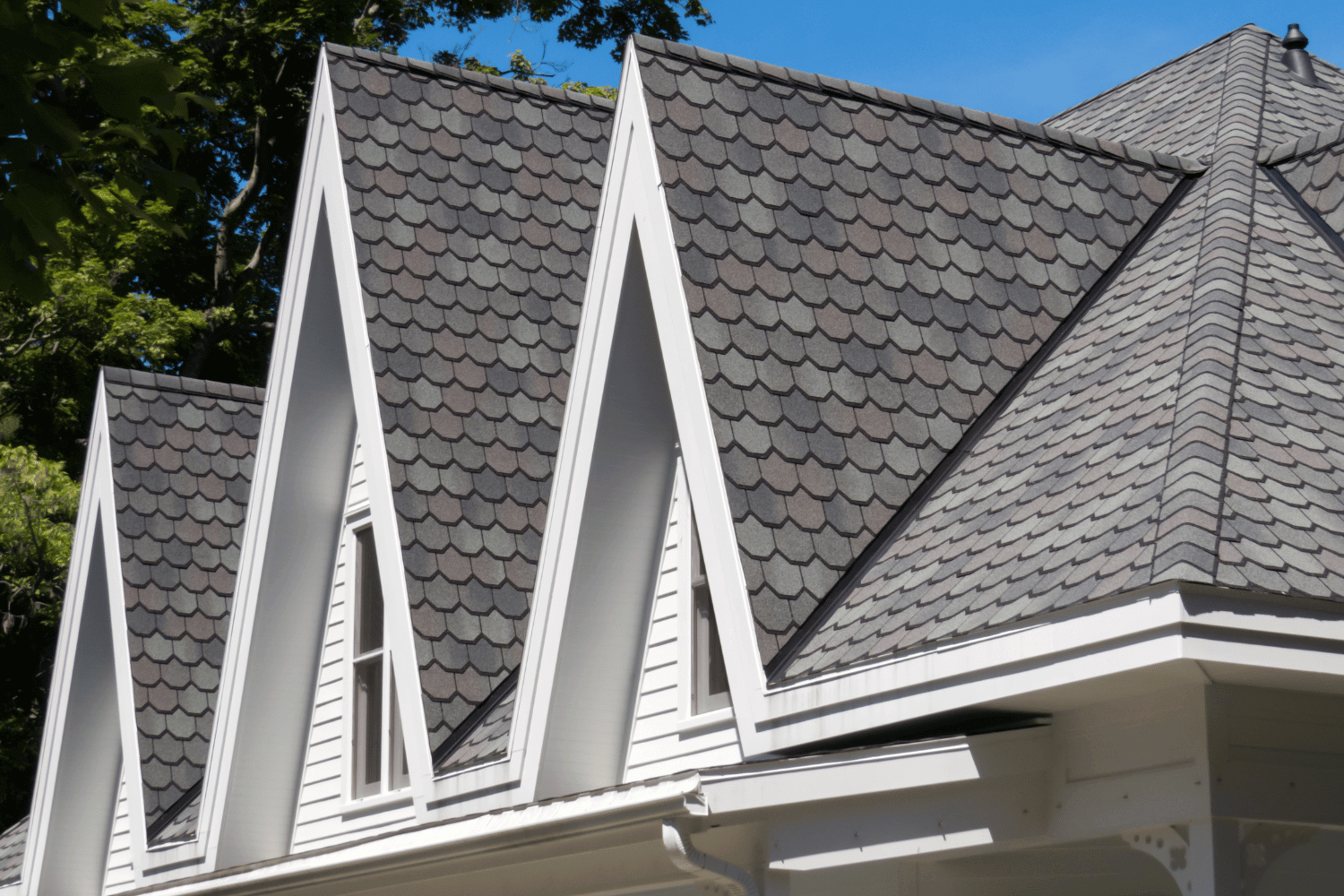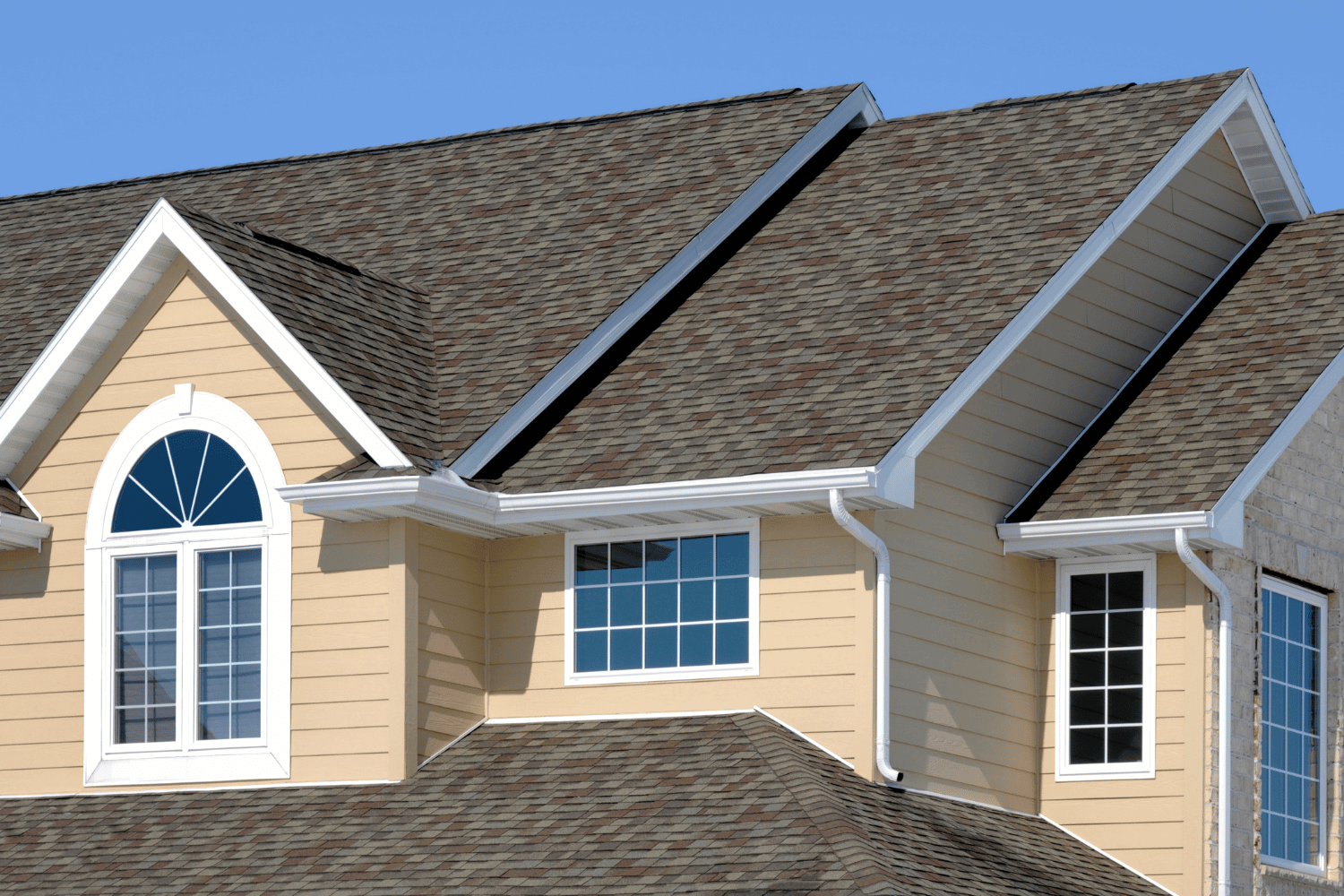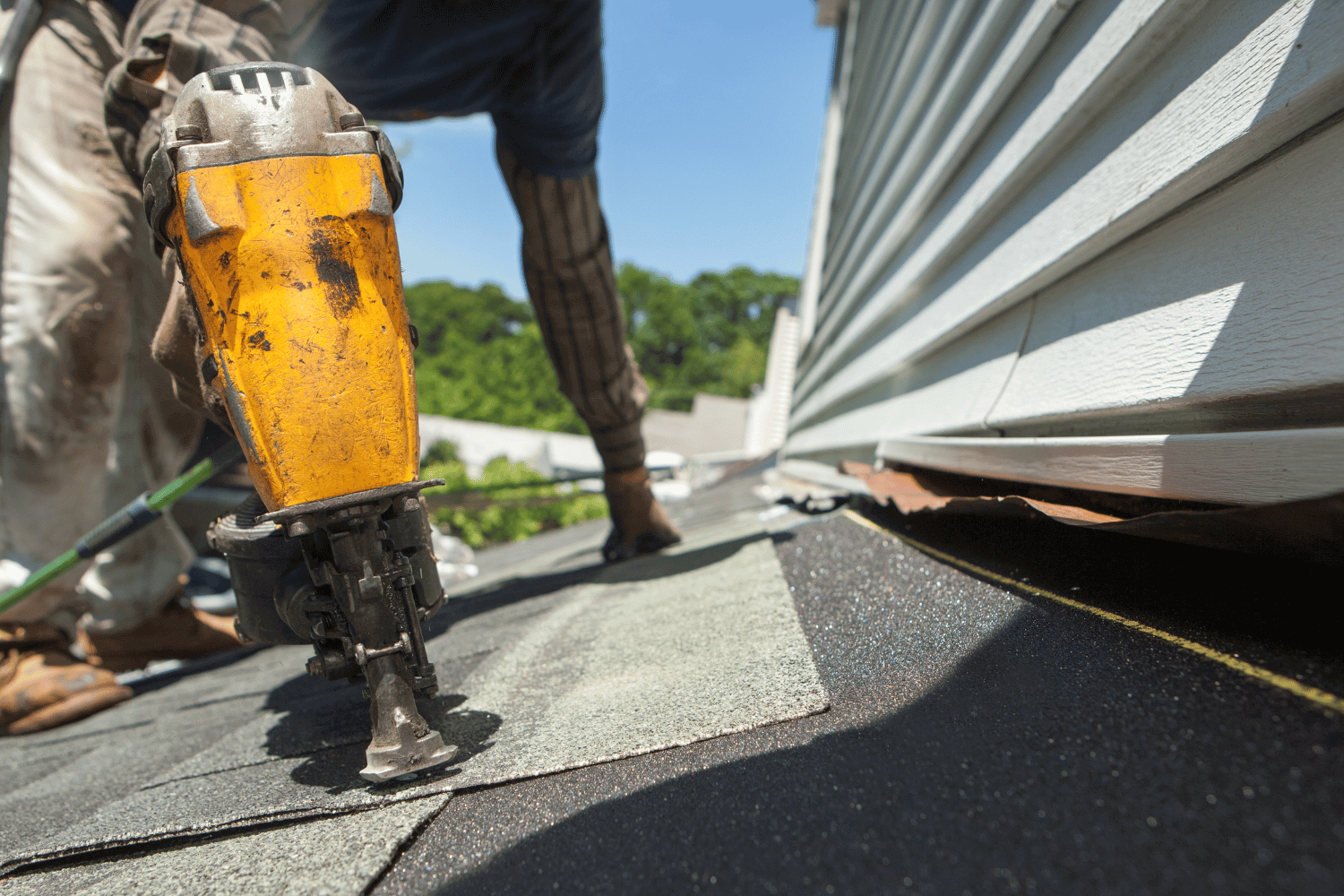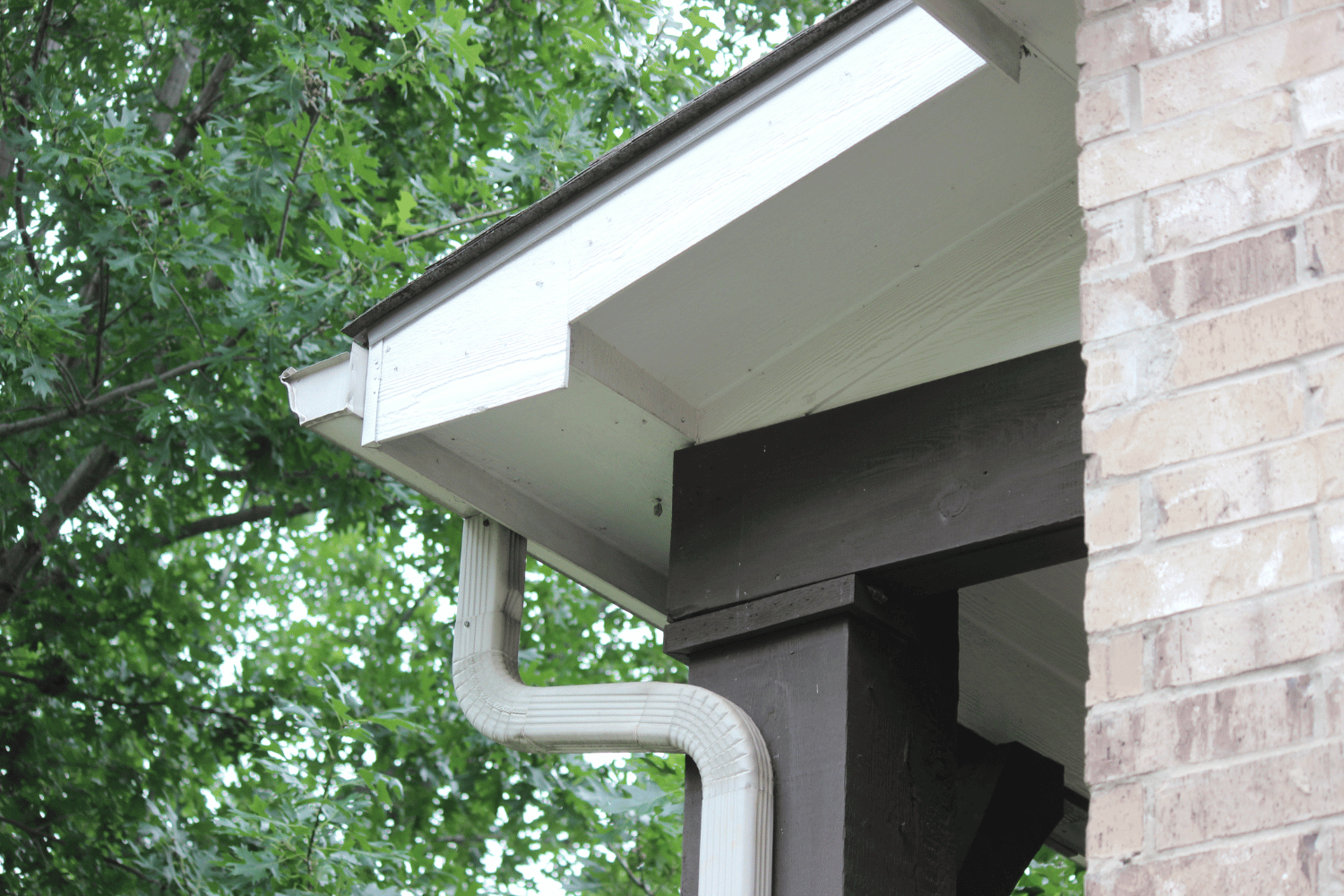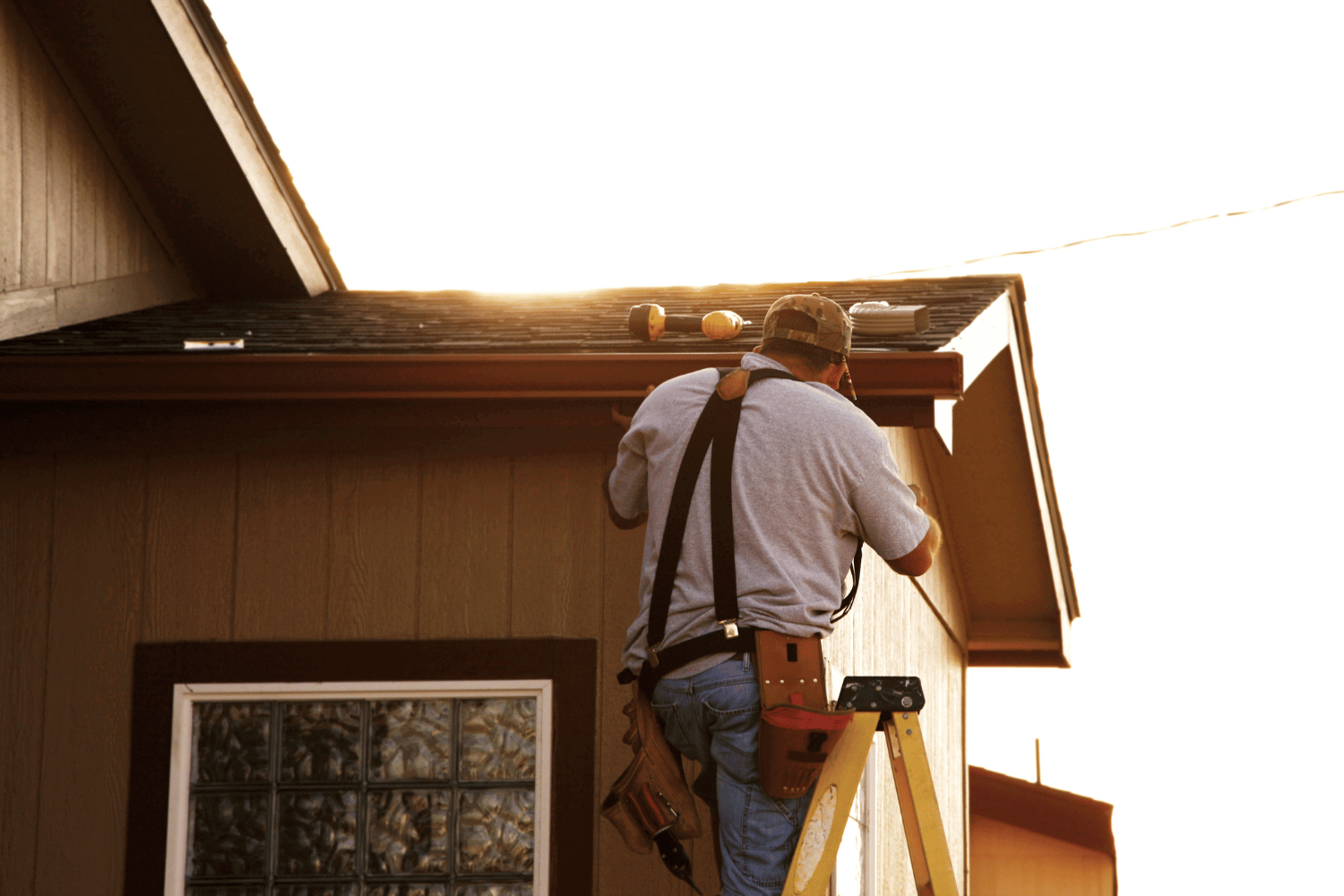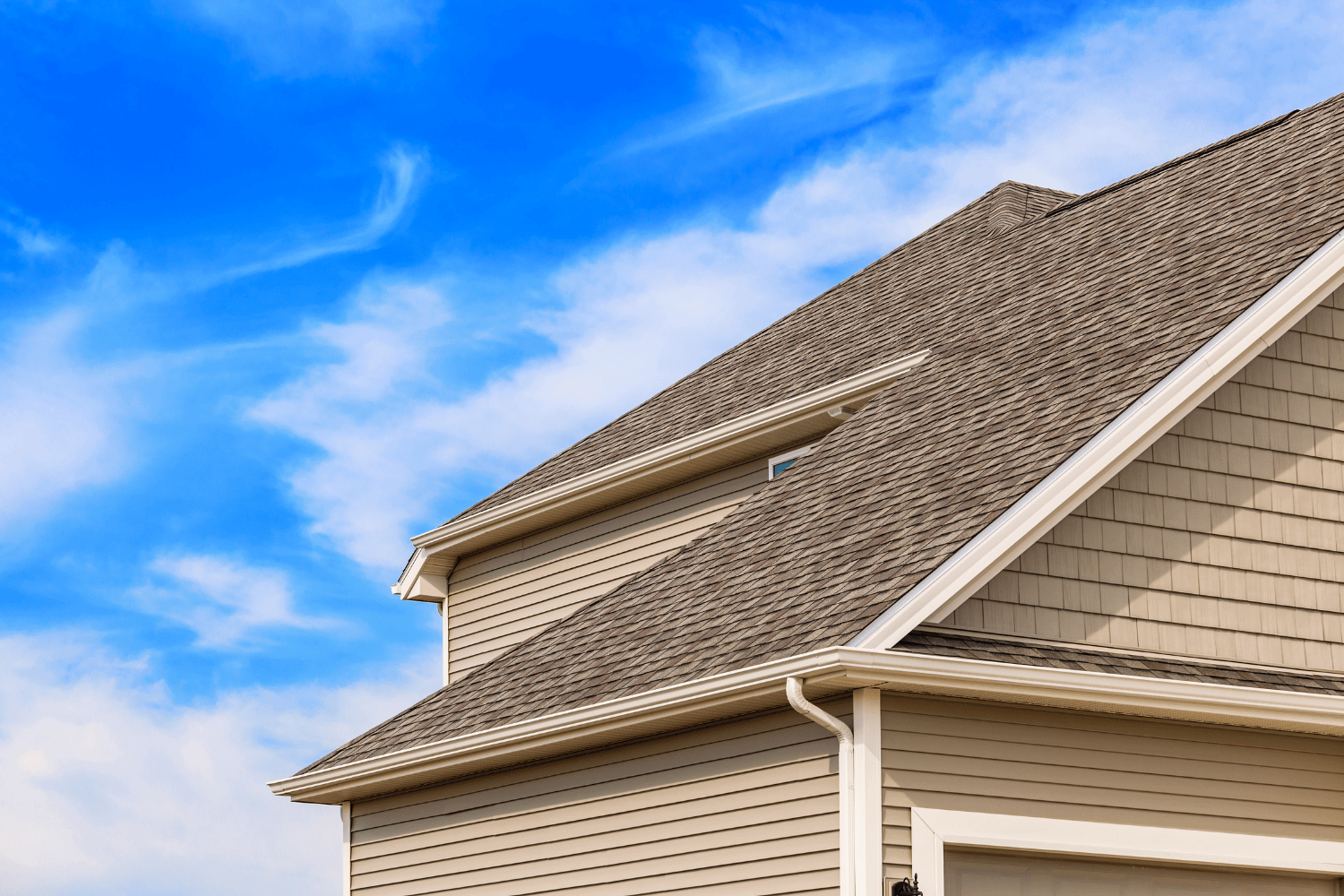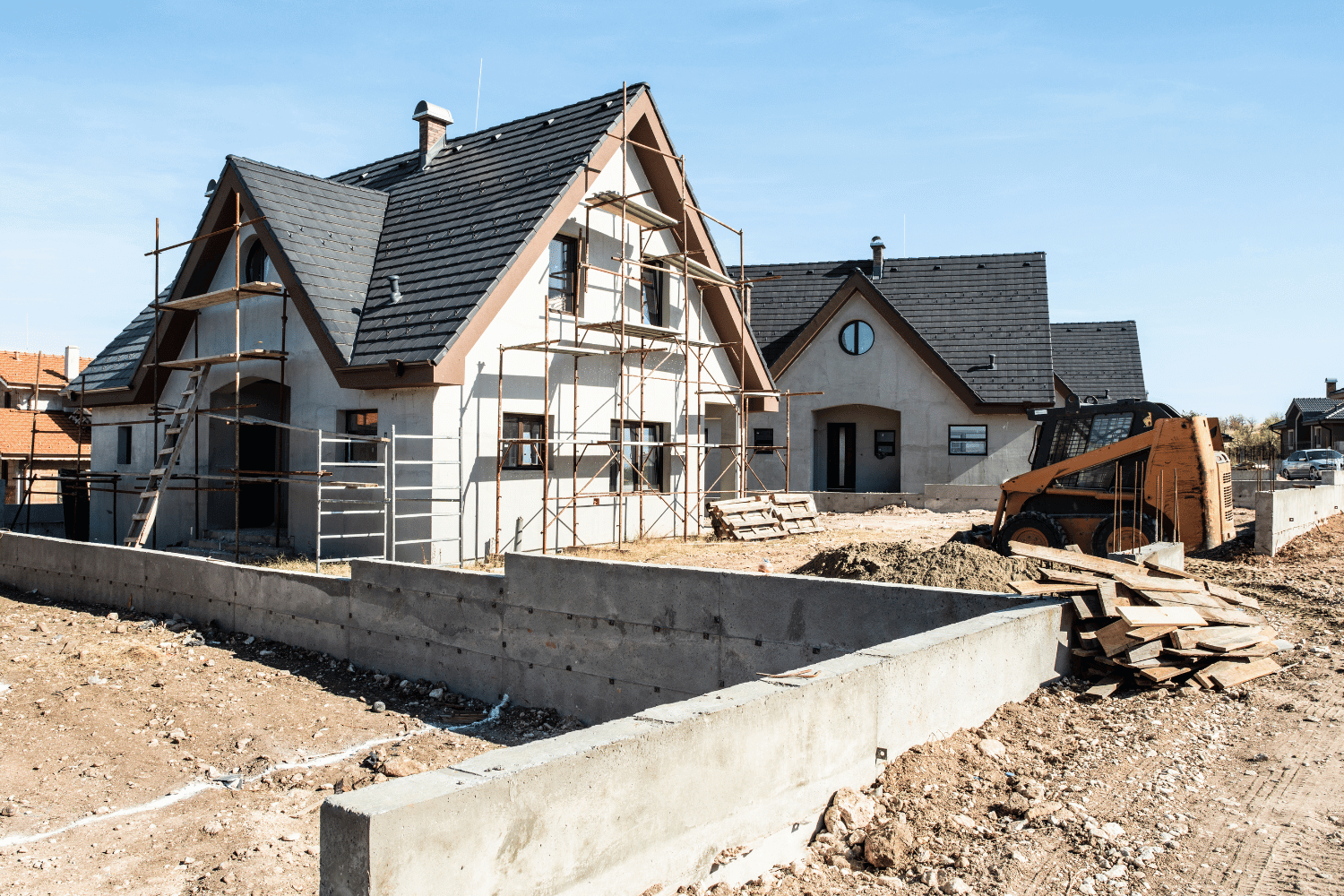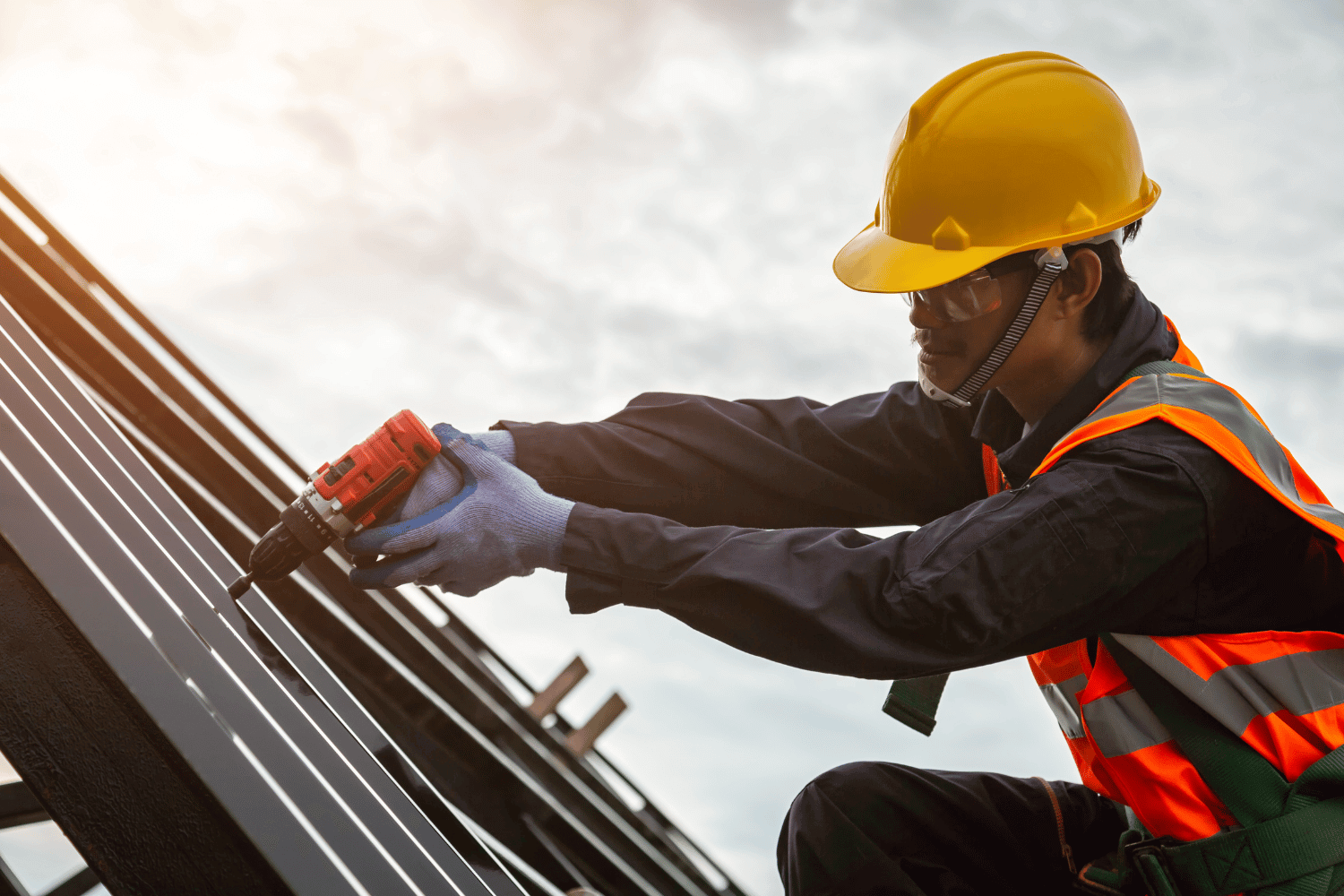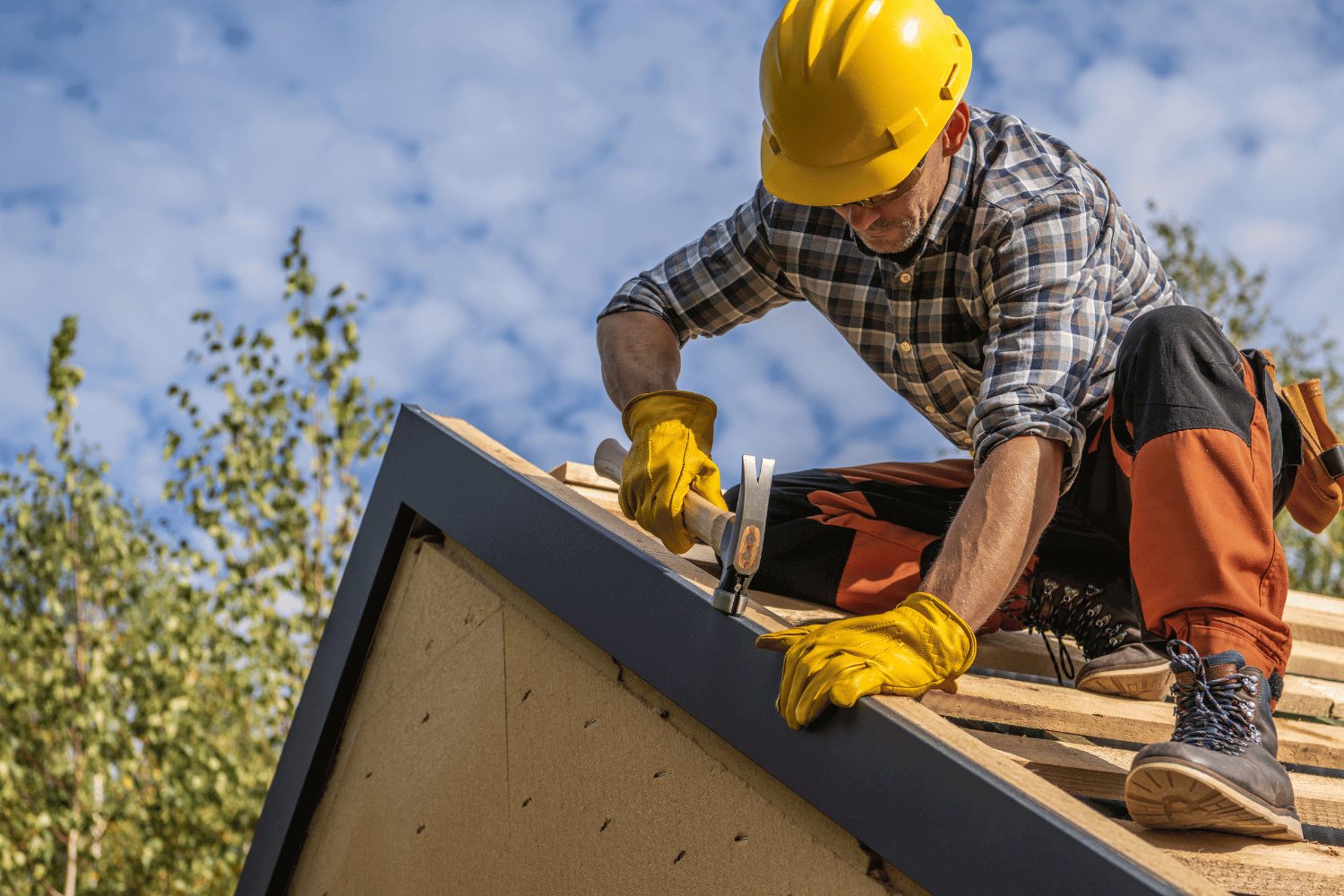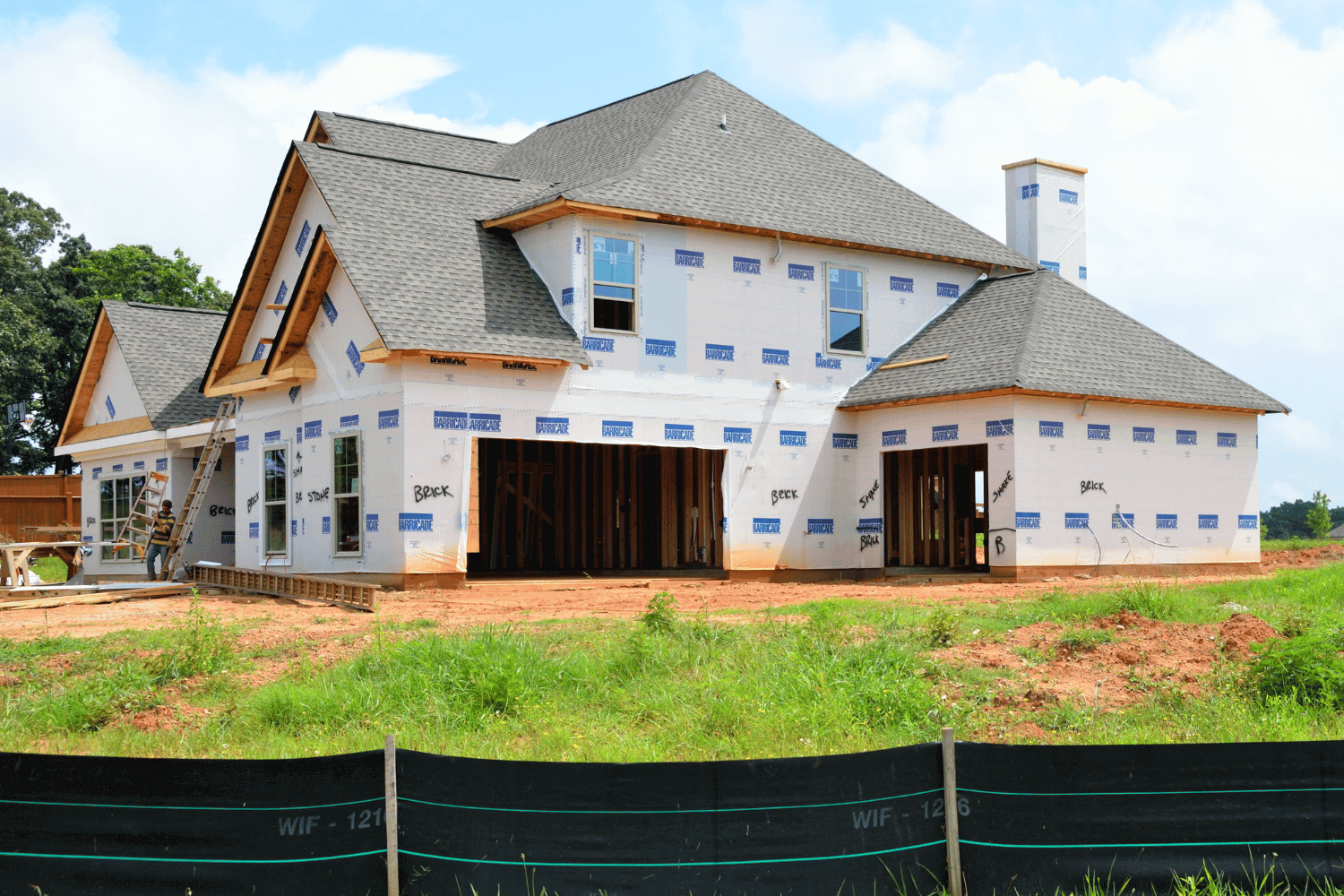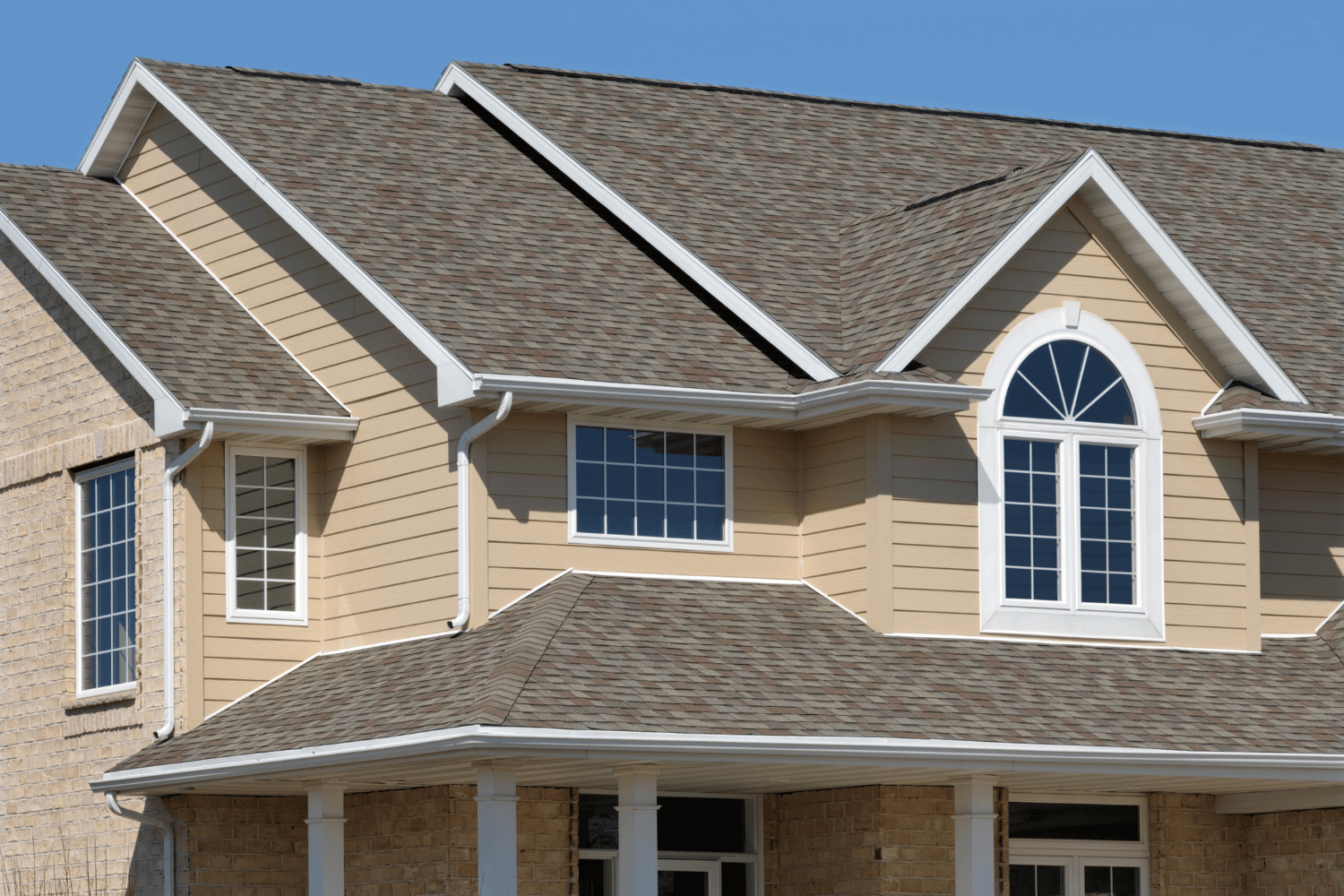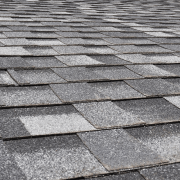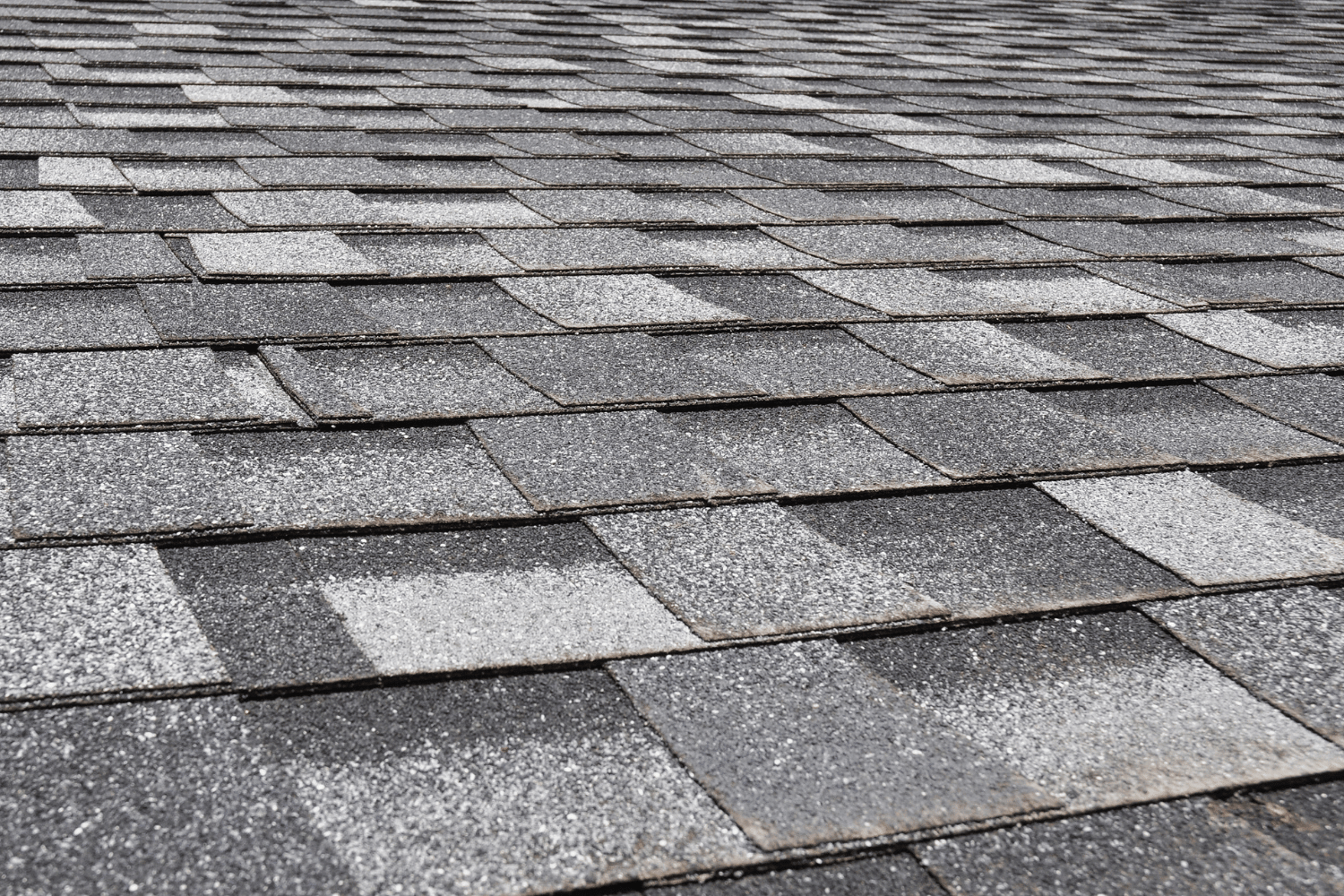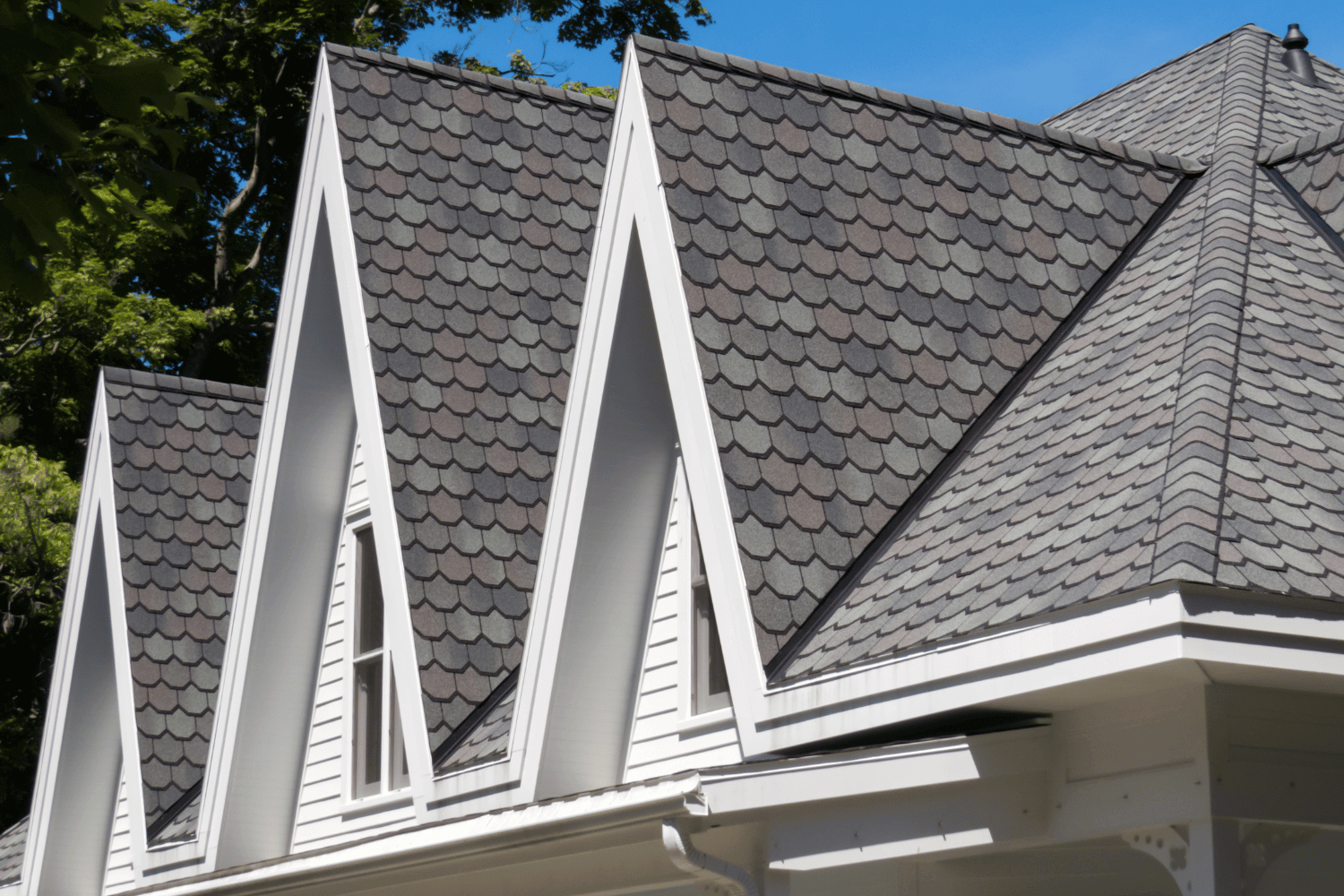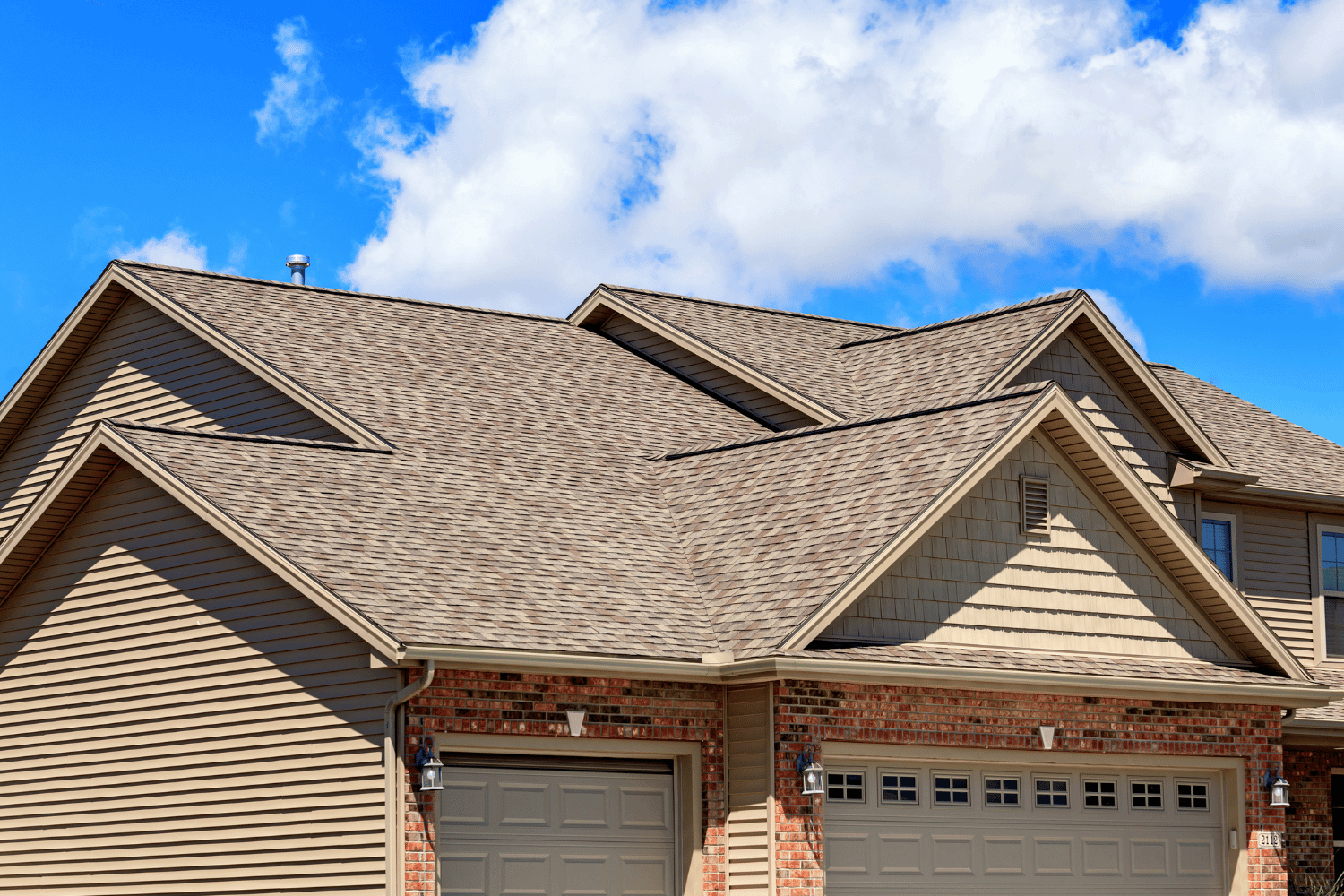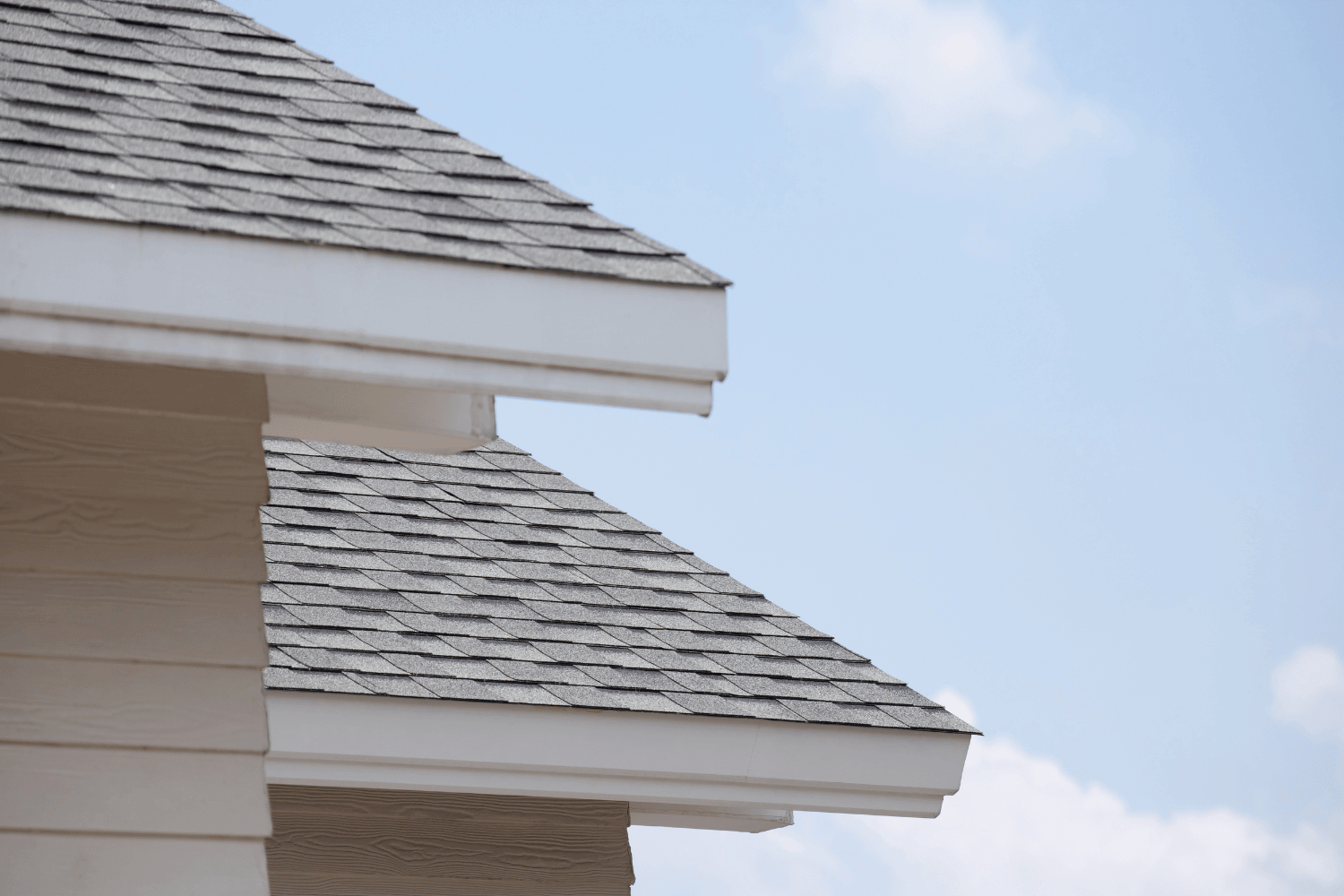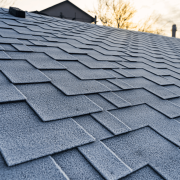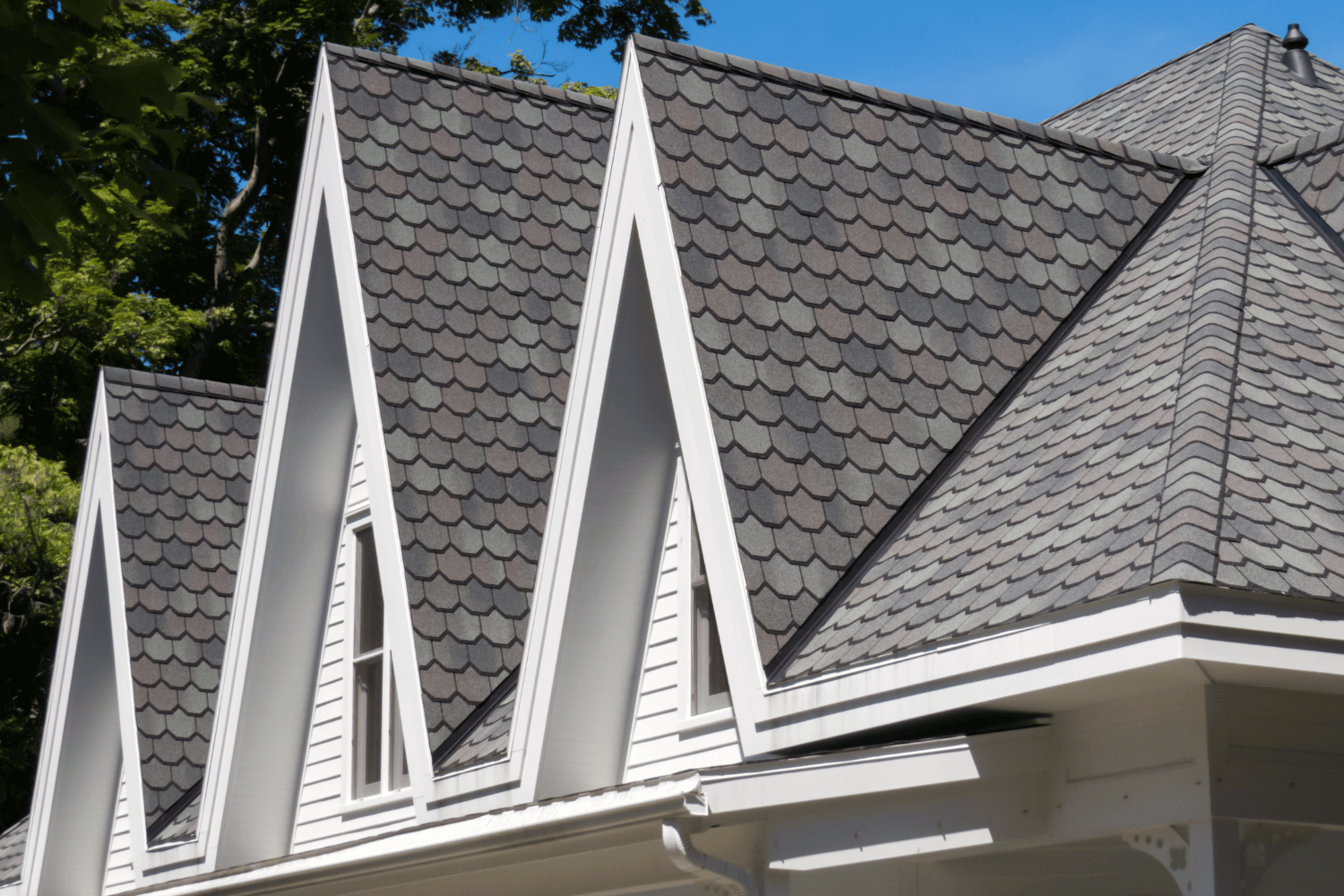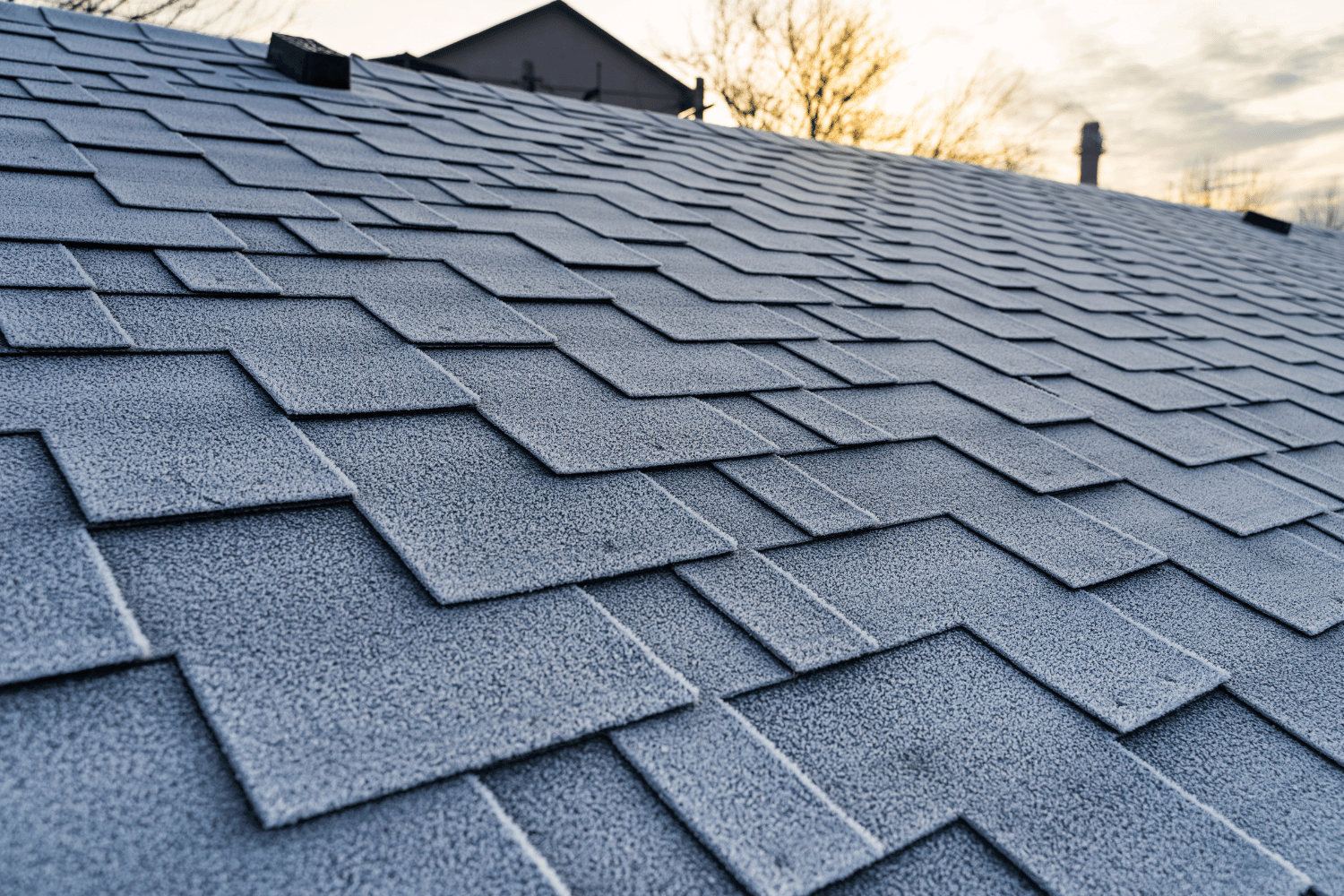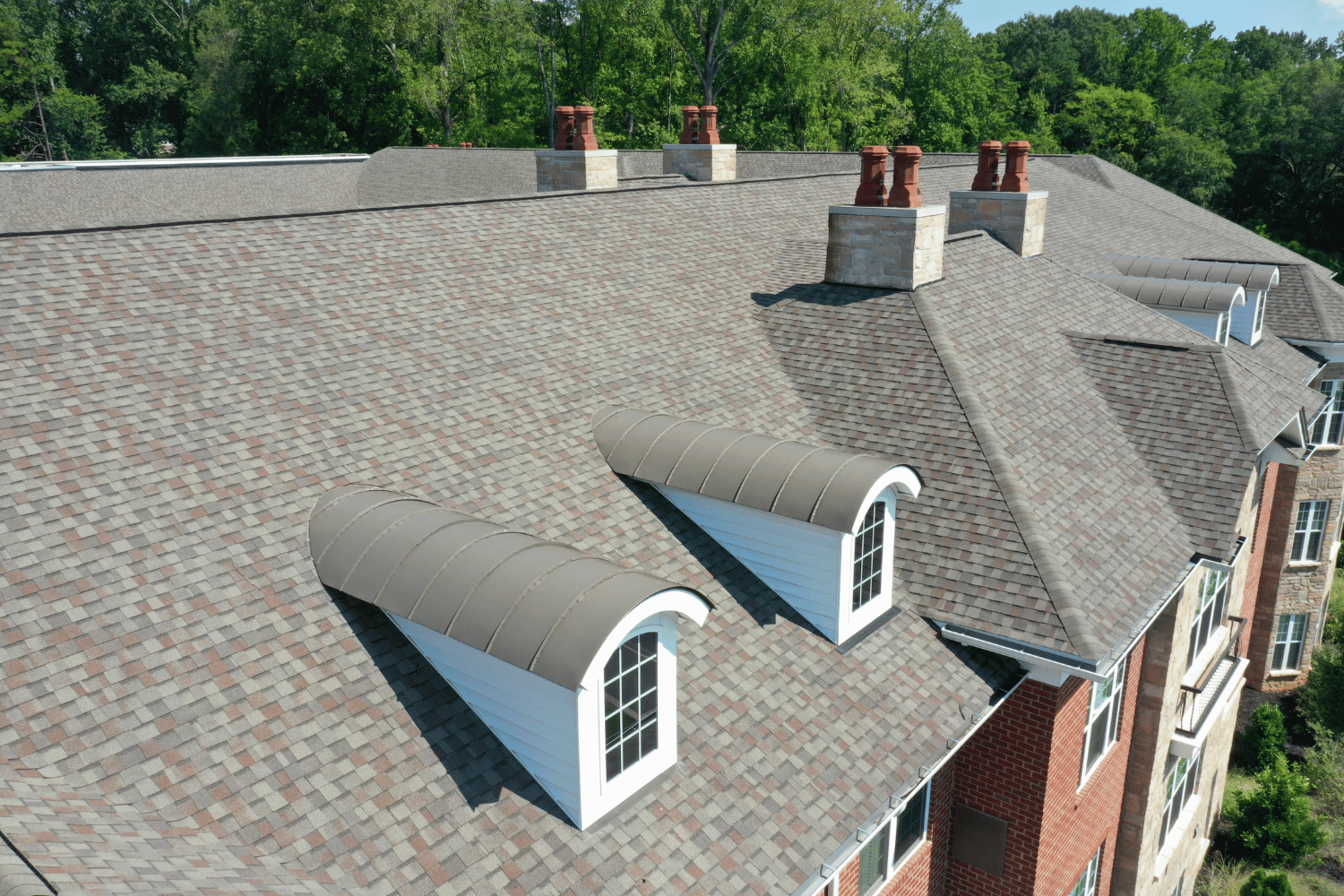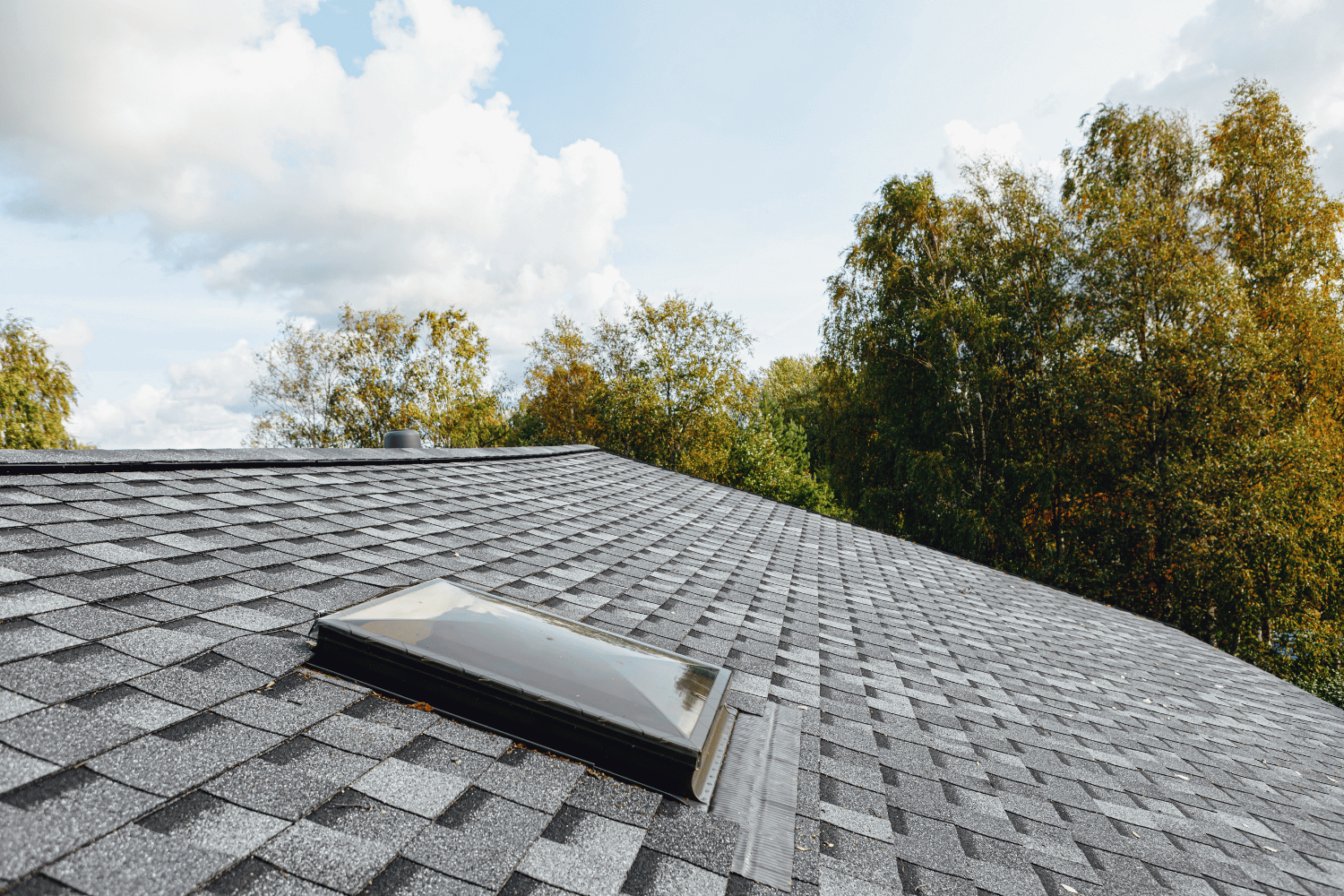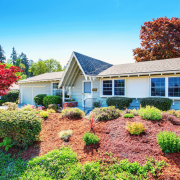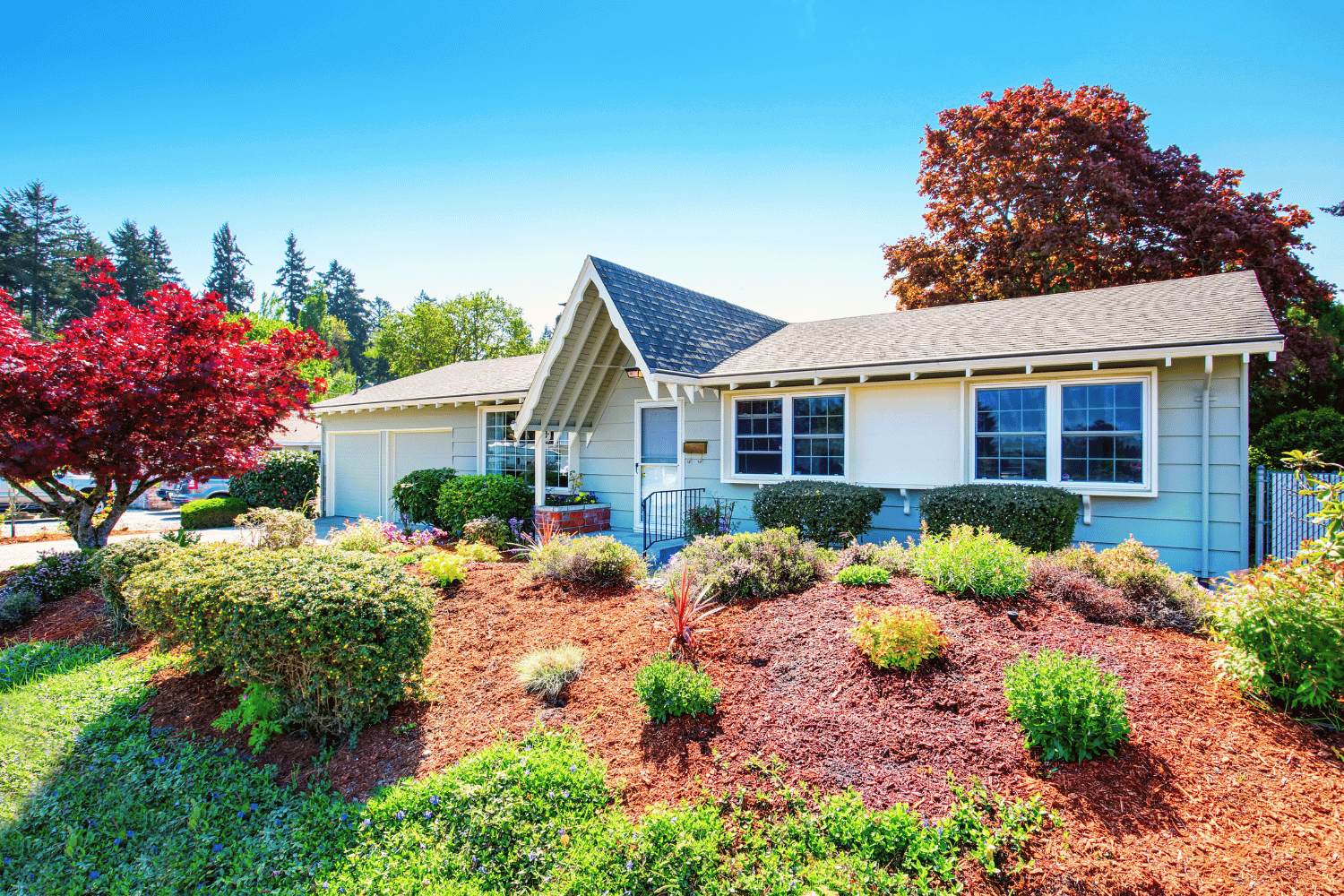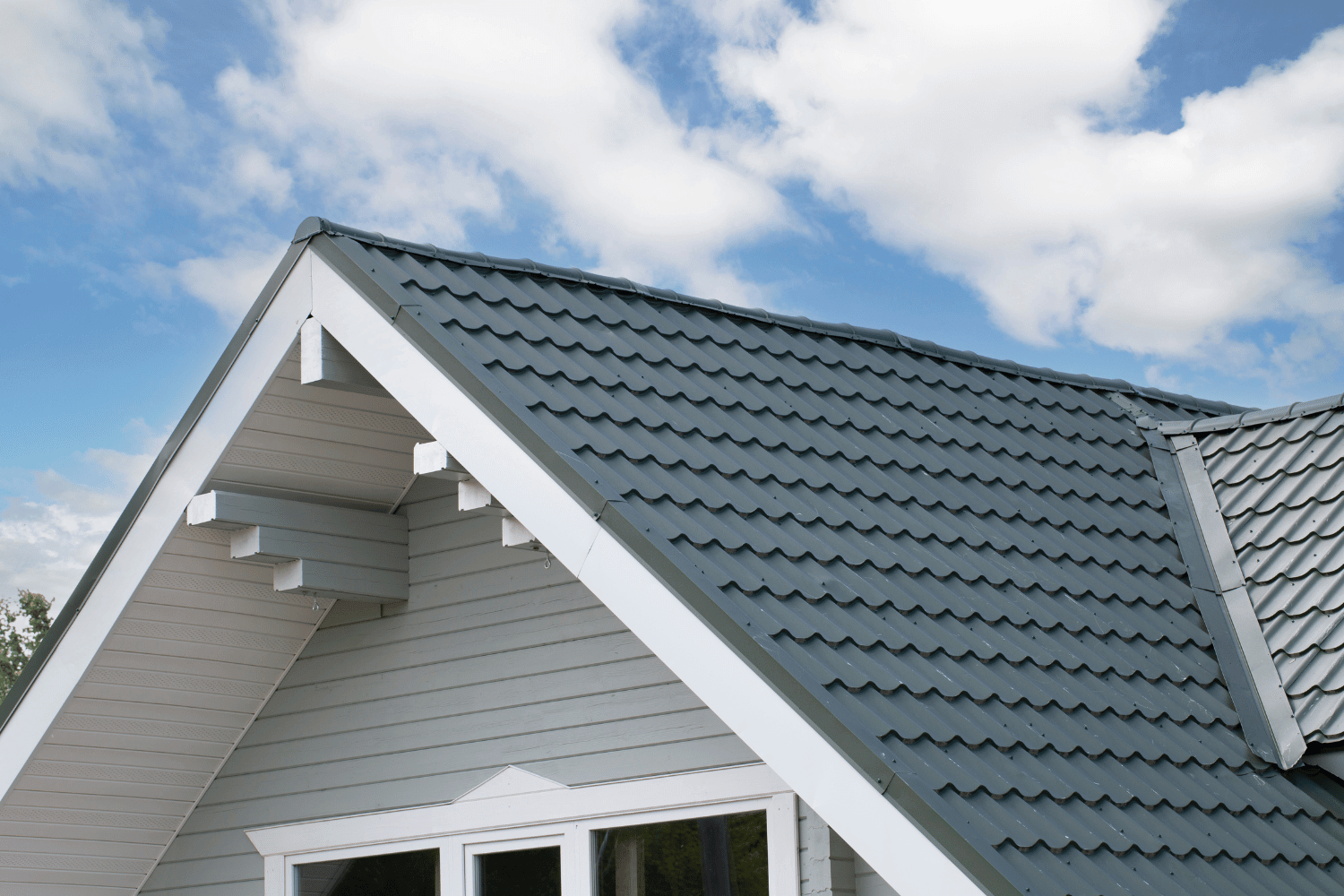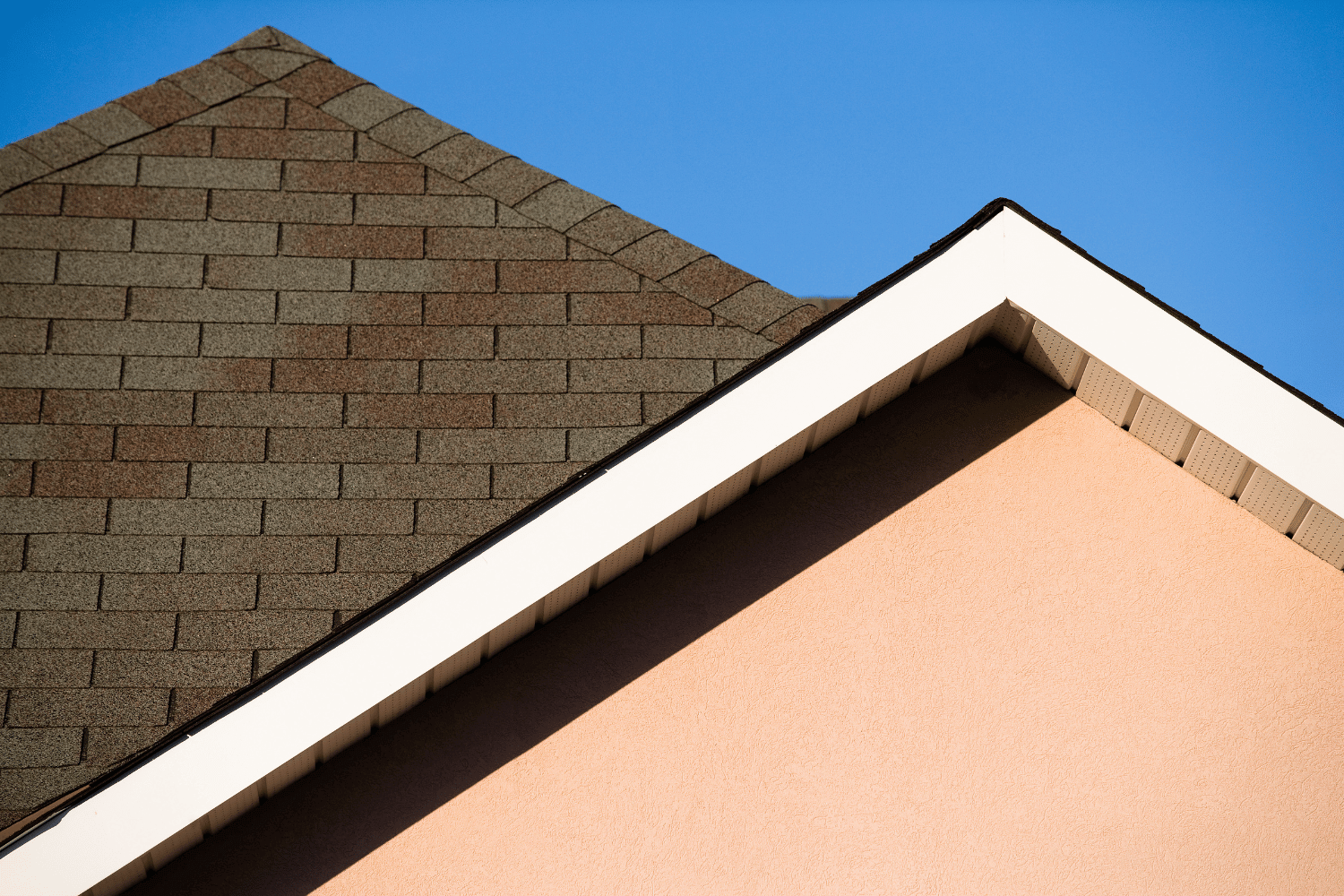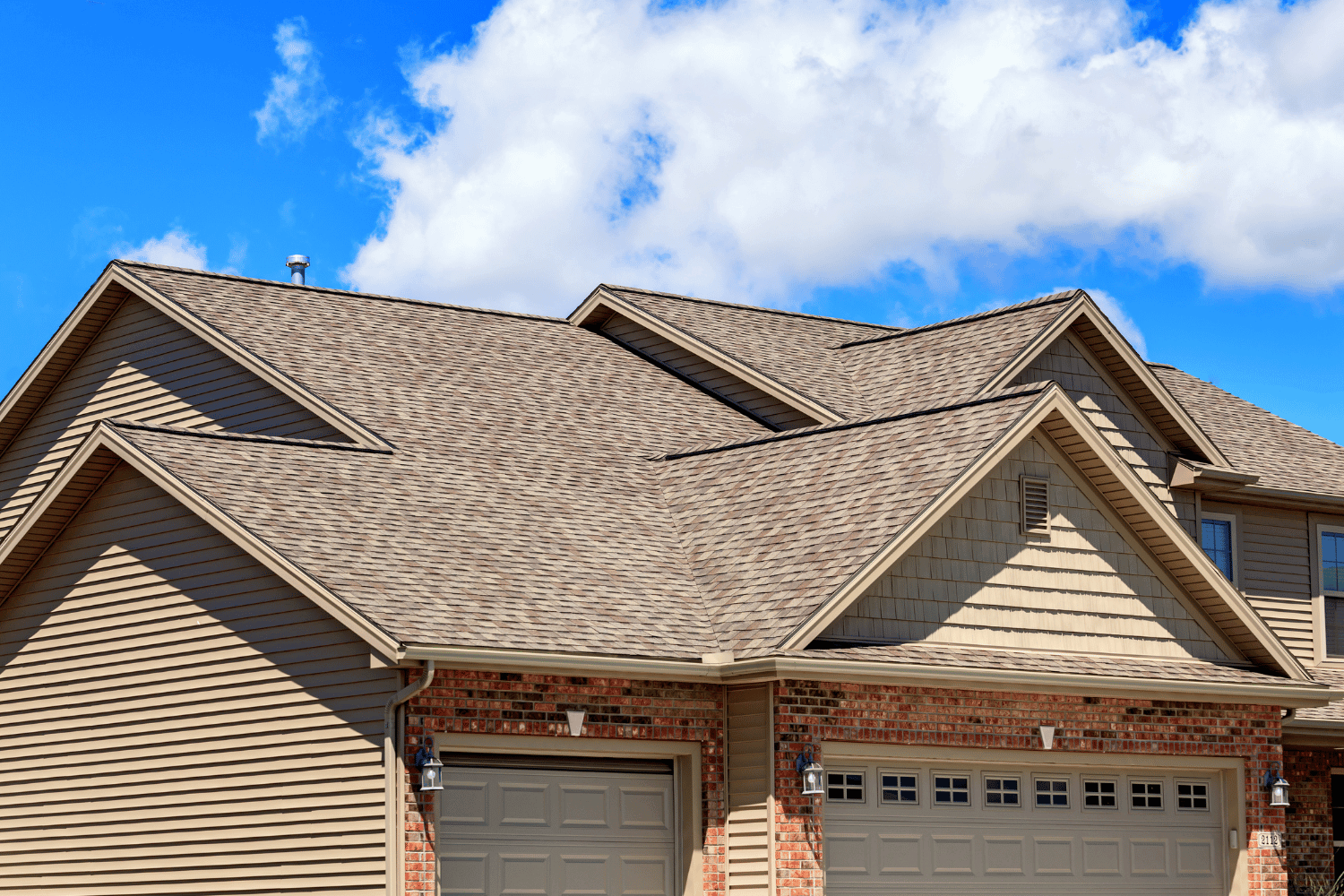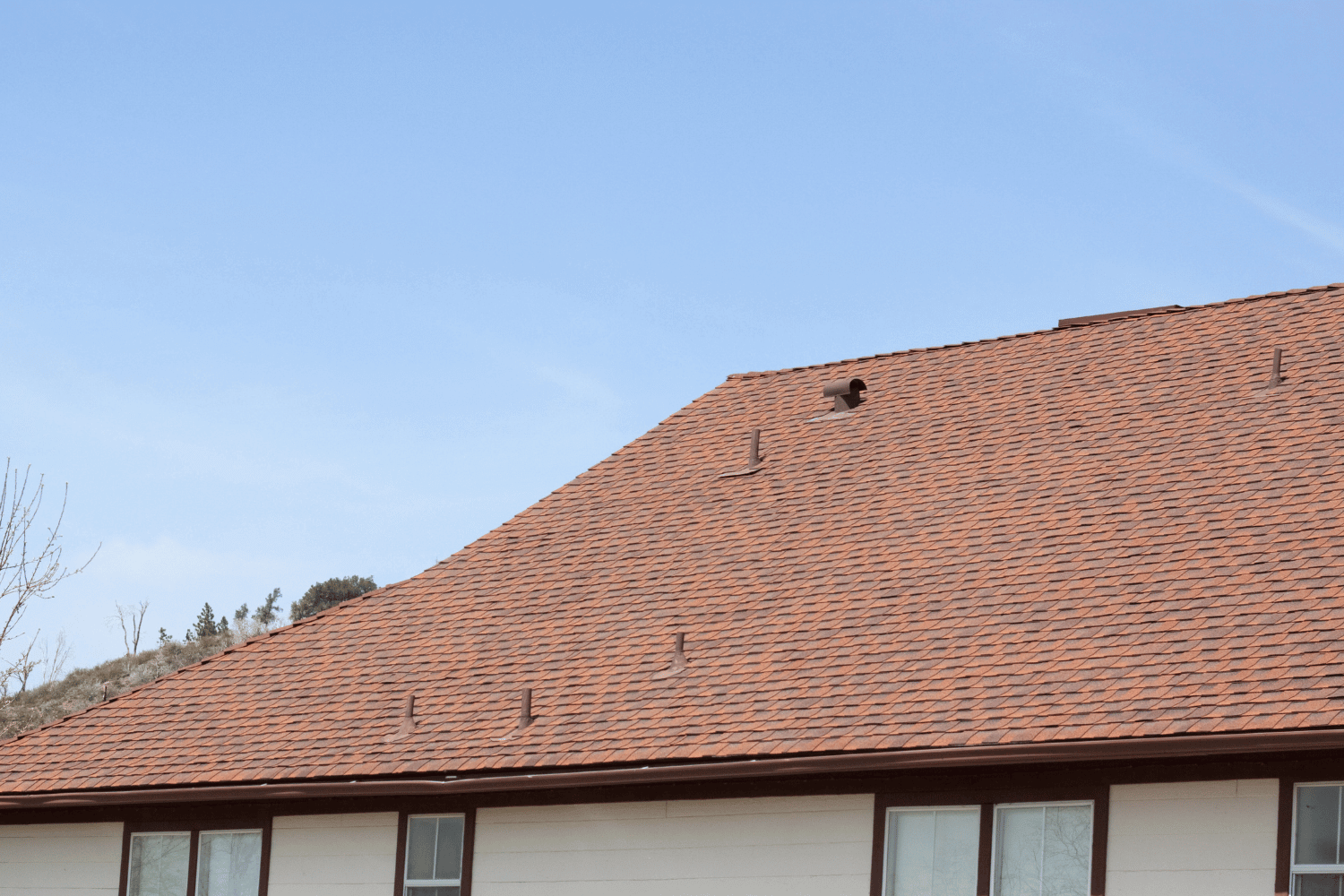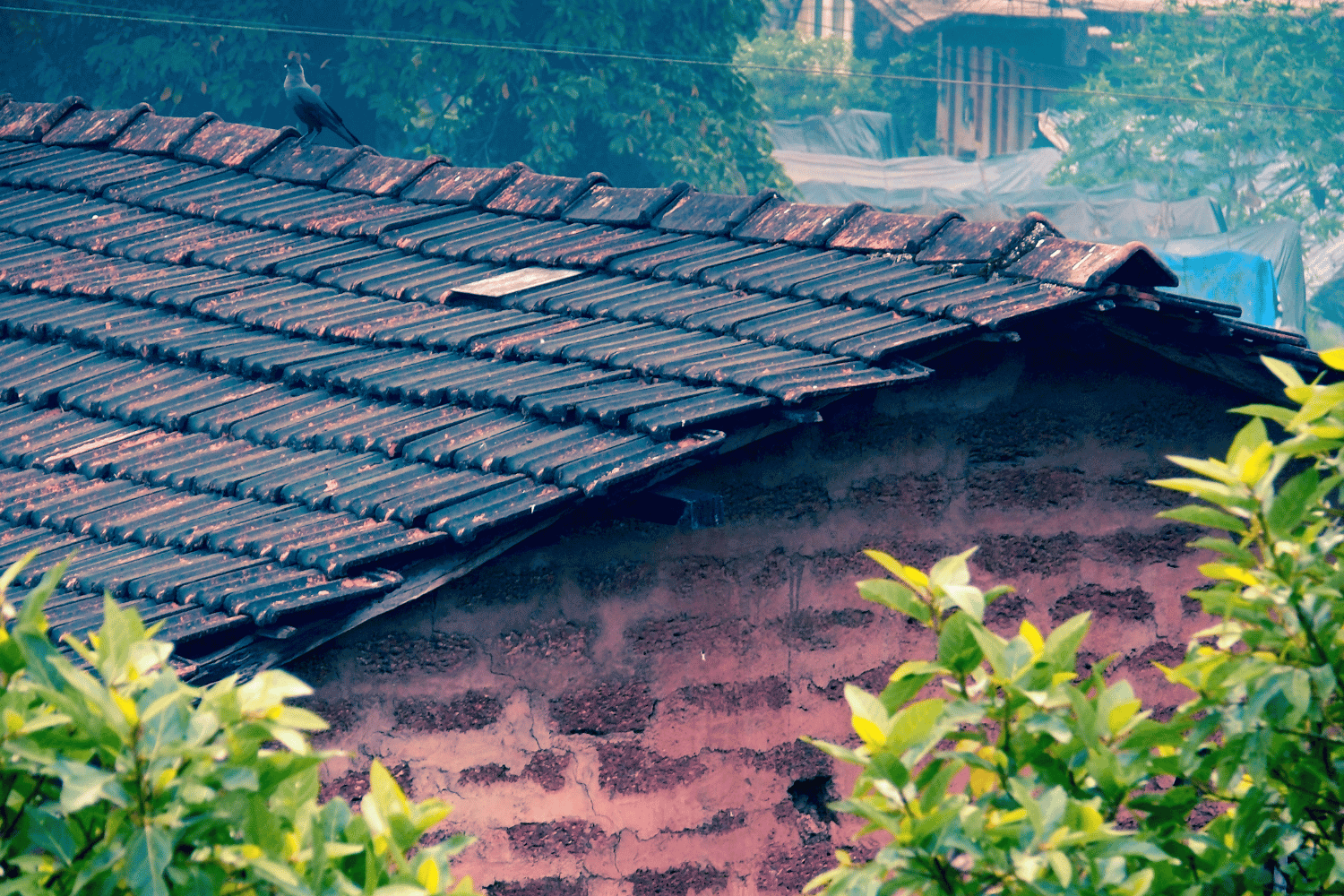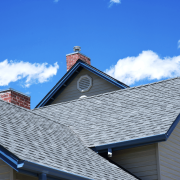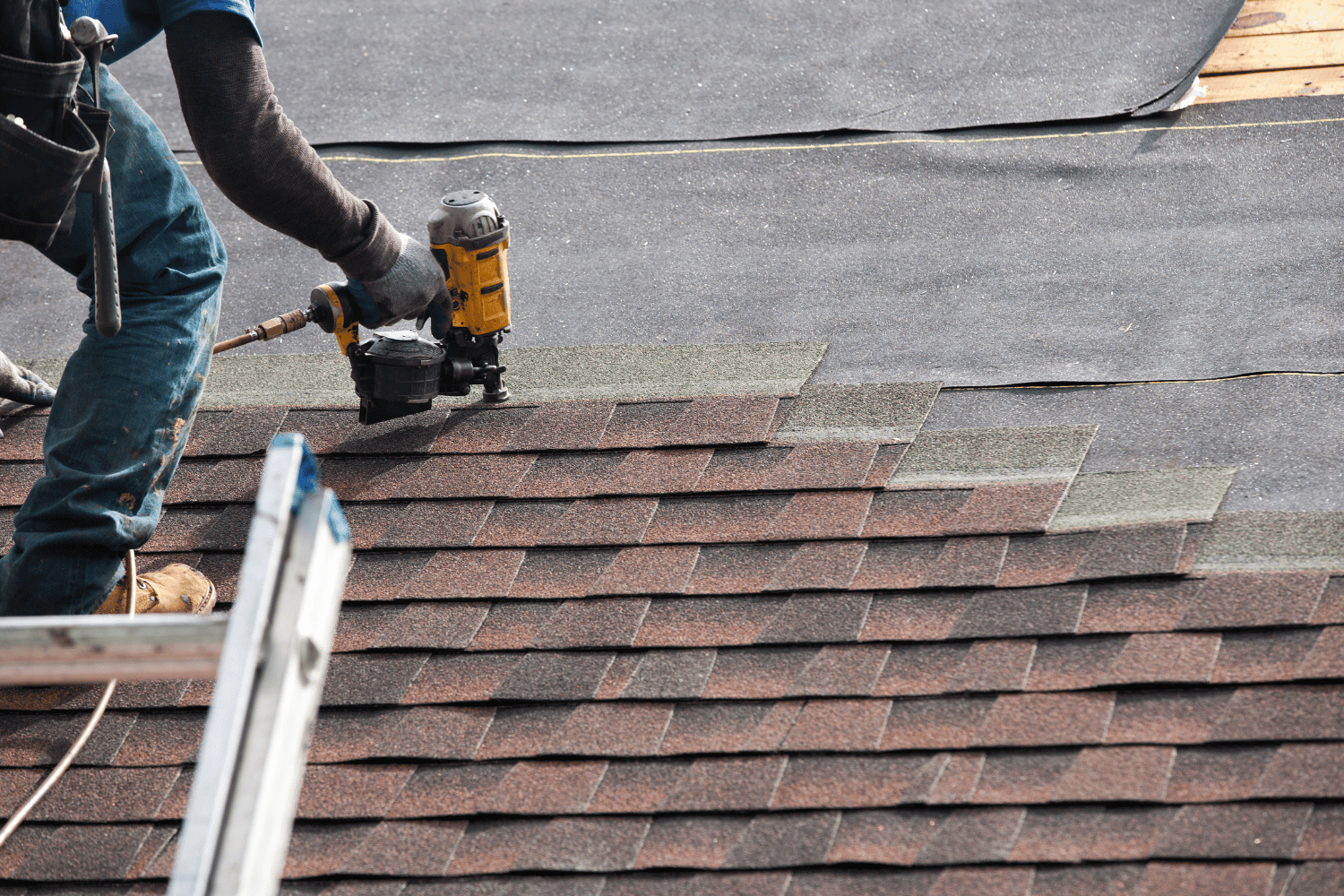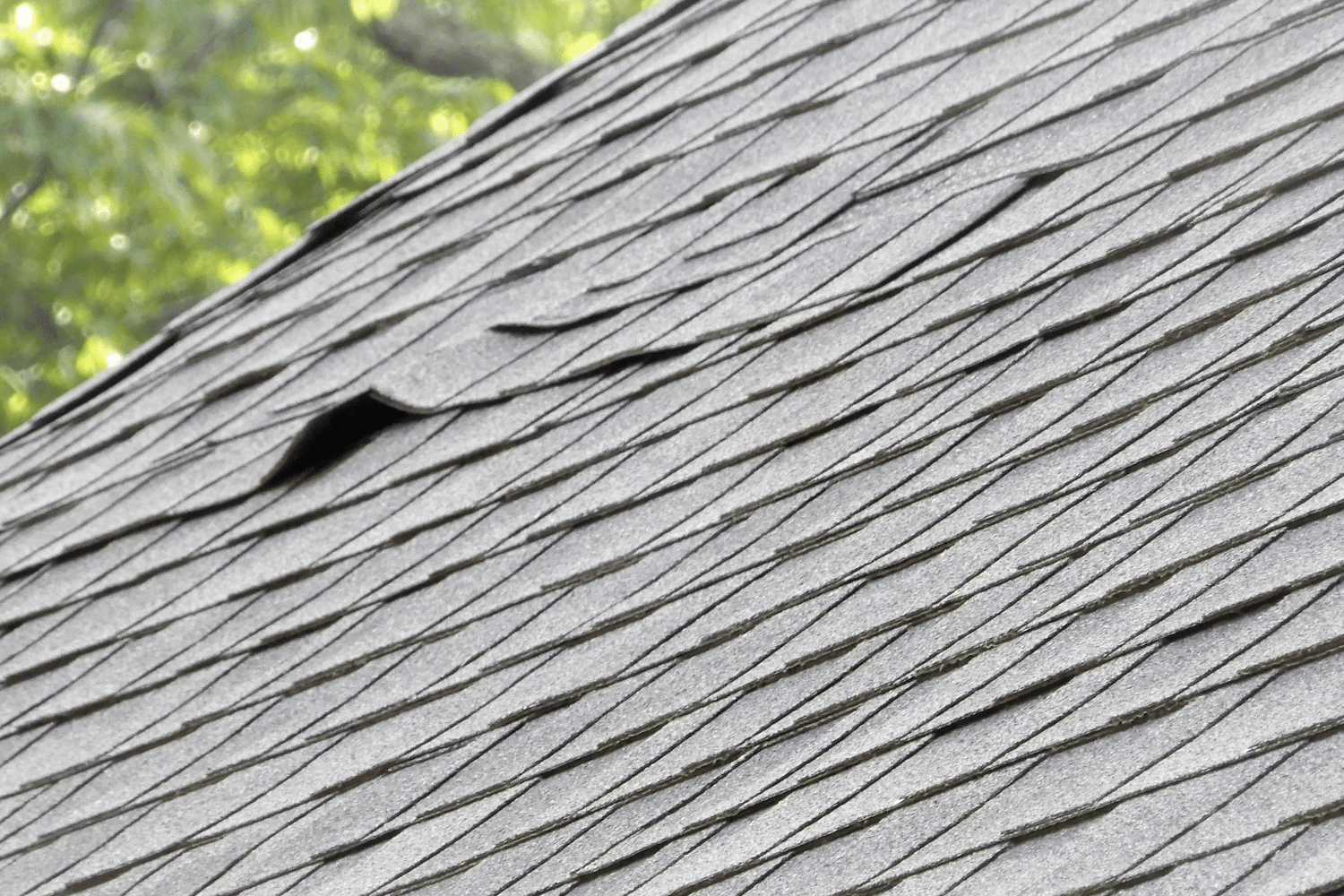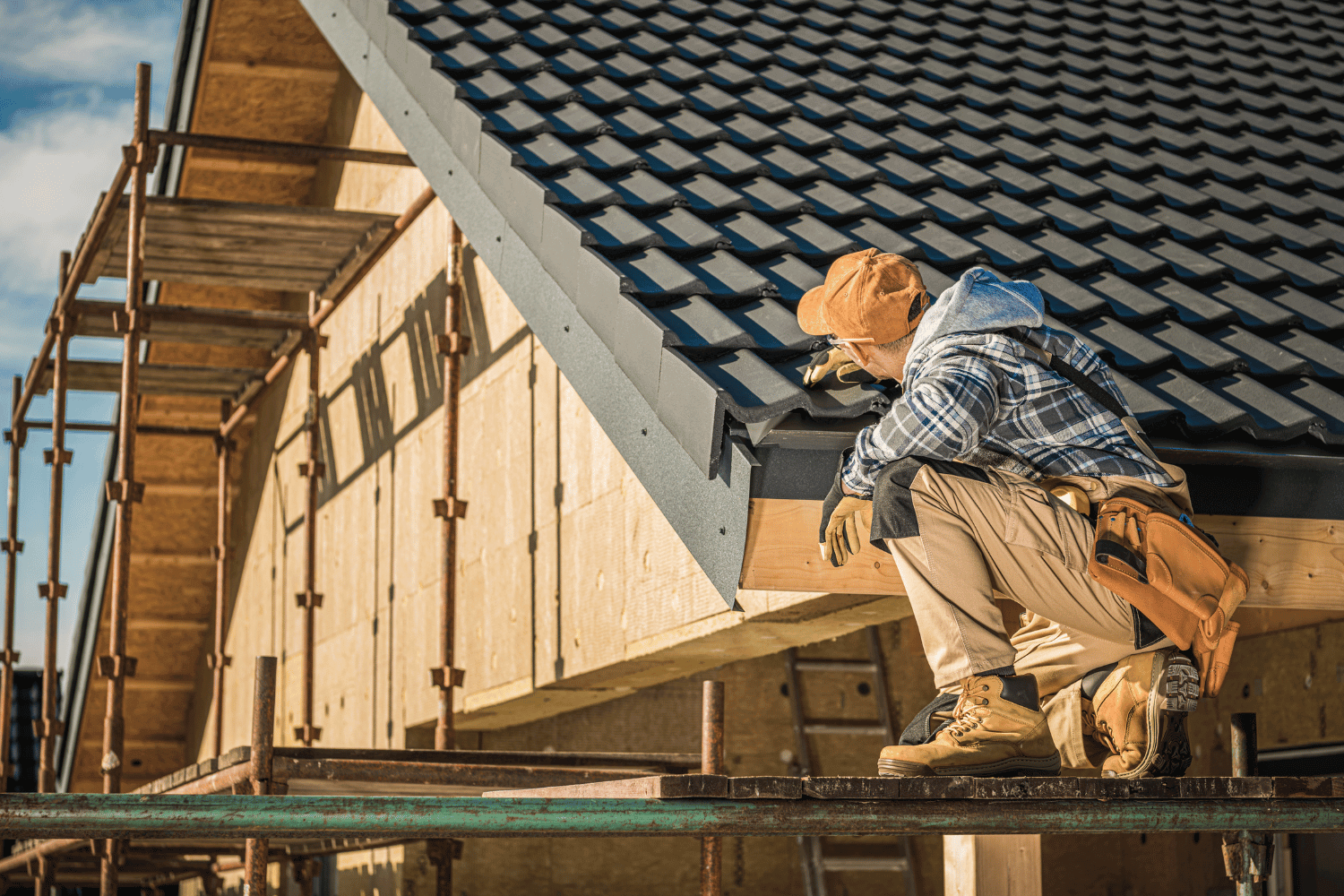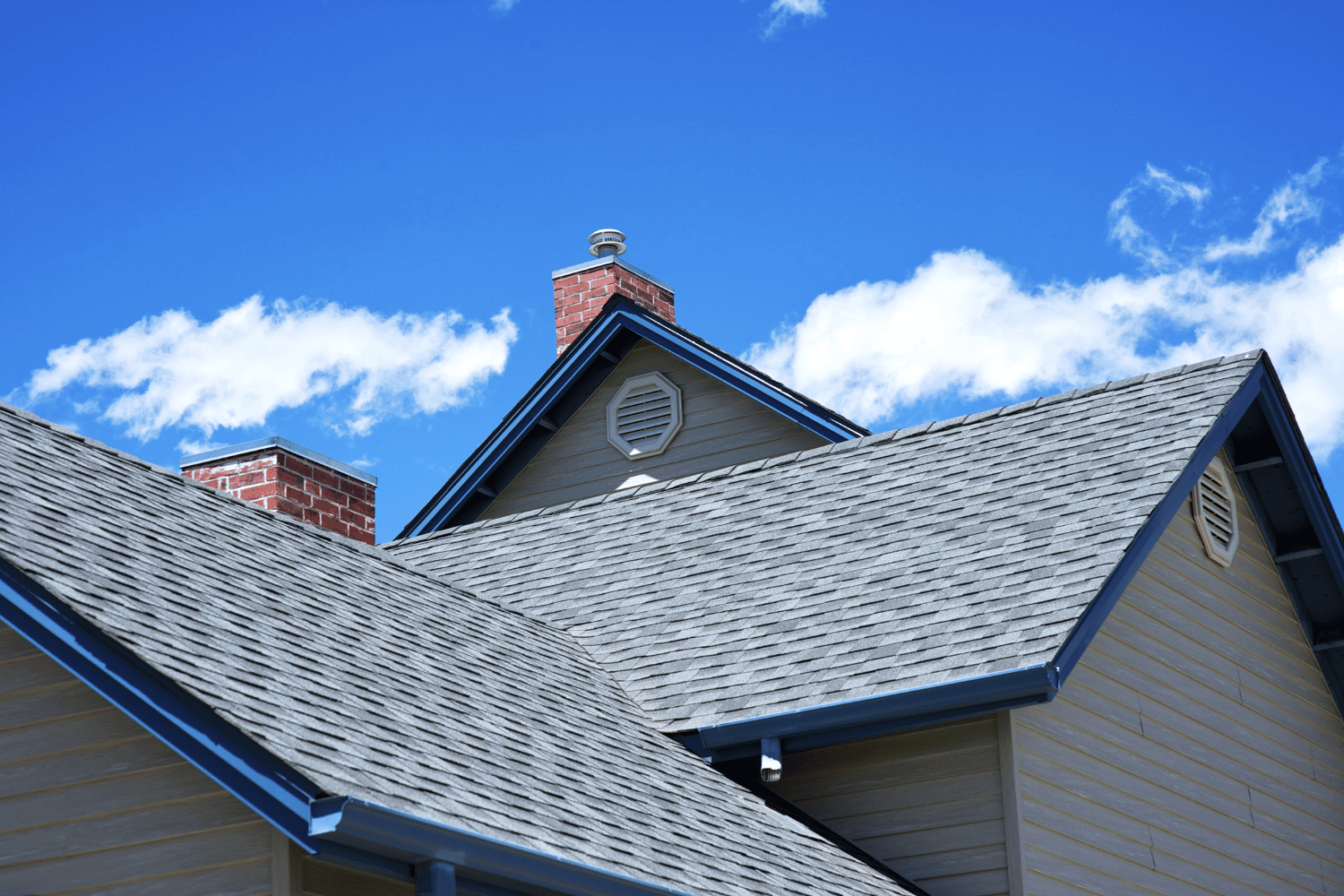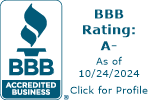30 Year Shingle: Durability and Value for Your Home Roof
What makes a 30-year shingle a great roofing choice? These durable shingles are built to last up to 30 years. This article covers their composition, benefits, and installation steps to help you decide if they’re right for your roof.
Key Takeaways
-
30-year architectural shingles are more durable and aesthetically appealing than traditional options, offering an expected lifespan of up to 30 years with proper maintenance.
-
These shingles provide excellent weather resistance, able to withstand high winds and heavy snow, making them a reliable choice for varied climates.
-
Regular maintenance, including inspections and timely repairs, is crucial for maximizing the lifespan and performance of 30-year shingles.
Understanding 30-Year Shingles

30-year architectural shingle, also known as architectural or dimensional shingles, are a type of asphalt shingle designed to last longer and perform better than traditional 3-tab shingles. These shingles are typically thicker and more durable, providing enhanced protection and a more appealing appearance for your roof. Additionally, there are various types of asphalt shingles available in the market.
The lifespan ratings for these shingles indicate that, with proper maintenance, they can last up to 30 years, making them a popular choice for homeowners looking for long-term solutions.
Composition and Design
The robust composition of 30-year architectural shingles includes a fiberglass base layered with ceramic-coated granules embedded in water-resistant asphalt roof. This construction not only enhances their durability but also allows them to mimic the appearance of more expensive roofing materials, such as cedar shakes or slate.
The added thickness, which contributes to their weight, makes them significantly more durable than standard 3-tab shingles, providing extra protection against the elements.
Longevity and Performance
The performance of 30-year shingles is notable, with an expected lifespan of around 25 years under typical conditions. In ideal environments, they can last up to their full 30-year rating, though factors like weather exposure, regular maintenance, and the quality of installation play crucial roles in determining their actual lifespan.
These shingles are designed to withstand harsh weather conditions, including high winds and heavy snow, making them a durable choice for various climates that can experience wind damage.
Benefits of 30-Year Shingles
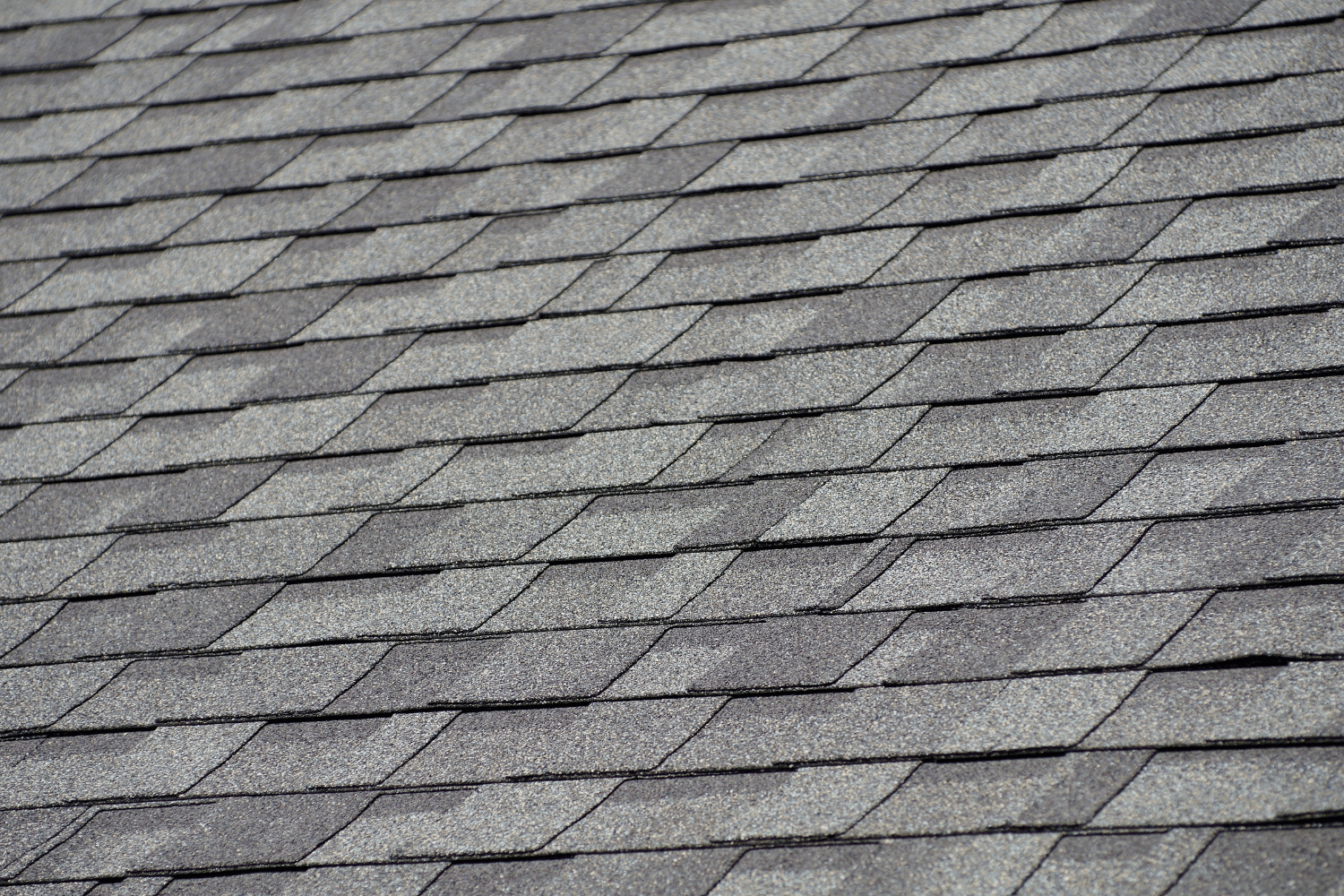
The benefits of 30-year shingles extend beyond their longevity. They offer superior durability and weather resistance, an array of aesthetic options, and are a cost-effective investment in the long run. These shingles are thicker and more robust than traditional options, providing better protection and enhancing the overall value of your home.
Durability and Weather Resistance
One of the standout features of 30-year architectural shingles is their ability to endure harsh weather conditions. These shingles can withstand wind speeds of up to 130 miles per hour thanks to their adhesive strips and tight seals. Their added thickness and high-quality materials provide excellent protection against heavy snow loads and other severe weather scenarios.
This durability makes them a reliable choice for homeowners in regions with extreme weather conditions.
Aesthetic Appeal and Design Options
30-year architectural shingles are not only functional but also aesthetically pleasing. They come in a wide array of styles, colors, and designs, allowing homeowners to customize their roofs to match their personal tastes and enhance curb appeal. Additionally, the architectural shingle option provides durability and style.
Unlike 3-tab shingles, these shingles offer a three-dimensional look and can emulate the appearance of more expensive roofing materials, providing a sophisticated and elegant finish to your home.
Cost-Effectiveness
While the initial cost of 30-year shingles may be higher than standard options, their longevity and durability make them a cost-effective choice in the long run. Homeowners can save significantly on maintenance and replacement costs over time, as these shingles require fewer repairs and replacements.
Investing in 30-year shingles ultimately pays off by reducing the need for frequent roof replacements and providing long-term savings.
Installation Process for 30-Year Shingles
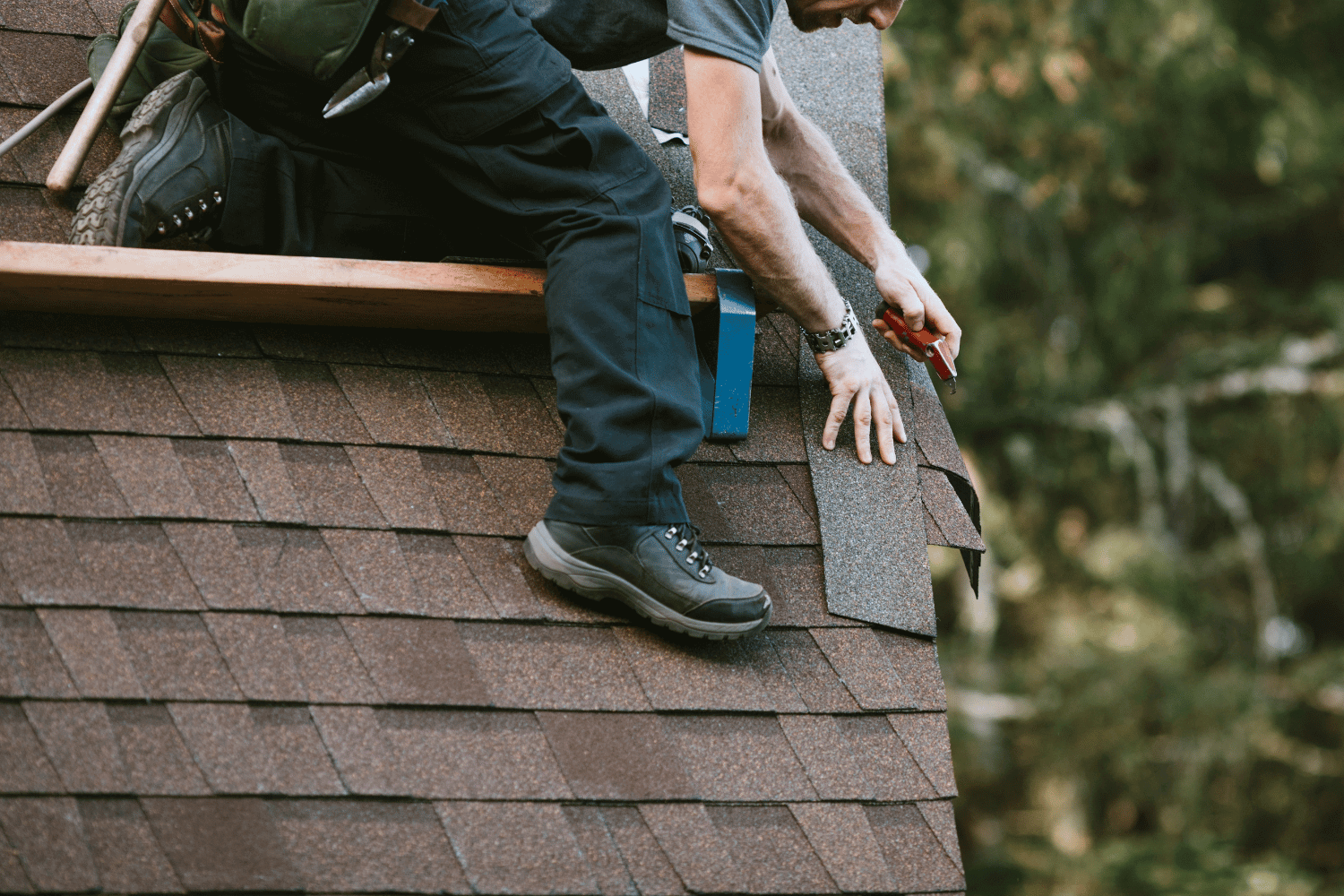
Installing 30-year shingles involves several critical steps to ensure proper performance and longevity. The process starts with a comprehensive consultation, followed by thorough preparation and removal of old materials, and concludes with meticulous installation and finishing touches.
Proper installation by experienced roofing contractors is essential to maximize the benefits and lifespan of these shingles.
Initial Consultation
The first step in the installation process is the initial consultation. During this phase, a roofing contractor visits your home to assess your roofing needs and provide expert guidance. Homeowners should discuss their budget and preferences, and the contractor will offer tailored recommendations for the types of shingles suitable for their specific requirements.
Dream Home Roofers provide a no-obligation estimate and discuss financing options to ensure the project fits within your budget.
Preparation and Removal
Preparation and removal are crucial steps in the installation process. This involves removing the old roofing materials and inspecting the roof deck for any damage that needs to be addressed before installing the new shingles. Proper preparation ensures a smooth installation process and helps prevent future issues.
Roof replacement can be done in any season, though extra precautions may be needed during extreme weather conditions for a new roof.
Installation and Finishing Touches
The installation of 30-year shingles begins with laying a high-quality underlayment for added protection. The shingles are then installed carefully to ensure optimal performance and longevity. An on-site supervisor ensures the installation process is executed correctly, maintaining focus and professionalism throughout.
Once the installation is complete, a thorough cleanup is performed to remove any discarded materials, leaving your property clean and safe.
Maintenance Tips for Maximizing Lifespan
Regular maintenance is key to maximizing the maximum lifespan of 30-year shingles. With proper installation and routine upkeep, these shingles can achieve up to 80-85% of their estimated lifespan.
This involves conducting regular inspections, cleaning the roof, and promptly addressing minor repairs to prevent major issues from developing.
Routine Inspections
Regular inspections are vital for maintaining your roof’s health. Visual inspections from the ground can help spot early signs of damage, especially after severe weather. Keeping gutters clear of debris and trimming overhanging vegetation also helps maintain shingle integrity.
Professional inspections are recommended to catch potential problems before they escalate.
Cleaning and Debris Removal
Maintaining a clean roof is crucial for preserving its appearance and functionality. The StainGuard® feature on some shingles helps prevent algae and mold growth. Regular cleaning and removing debris, moss, and algae are necessary to maintain the roof’s integrity and curb appeal.
This practice ensures that your shingles stay in good condition throughout their lifespan.
Addressing Minor Repairs Promptly
Addressing minor repairs promptly can significantly extend the lifespan of your shingles. Small issues, if left unattended, can escalate into major problems, leading to costly repairs.
Timely repairs save money and prevent extensive damage, ensuring your roof remains in good condition for years to come.
Comparing 30-Year Shingles to Other Roofing Materials
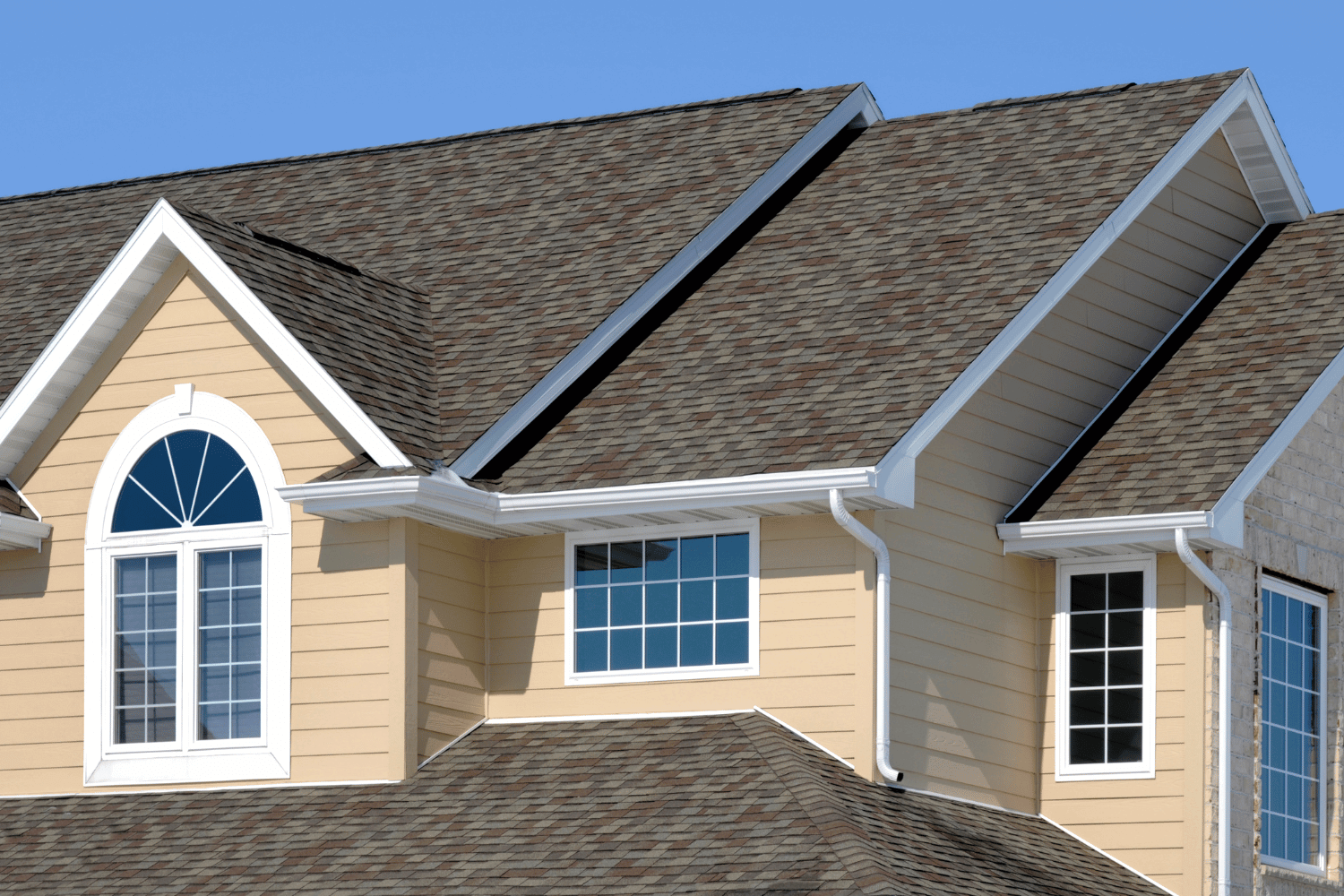
Choosing a roofing material requires considering factors such as cost, durability, and aesthetics. 30-year shingles offer a balanced combination of these attributes, making them a popular choice among homeowners.
However, comparing them to other common roofing materials like metal, wood shakes, and slate can be beneficial.
Metal vs. 30-Year Shingles
Metal roofs are known for their longevity, lasting 40 to 70 years, and their superior resistance to harsh weather conditions. Although they come with a higher upfront cost, their durability and lower maintenance needs can save homeowners money in the long run, ultimately extending the roof’s life.
On the other hand, 30-year shingles are more affordable initially and offer a traditional aesthetic that complements various home designs.
Wood Shakes vs. 30-Year Shingles
Wood shakes provide a natural and rustic look, with a lifespan comparable to that of 30-year shingles, lasting around 30 to 50 years. However, wood shakes require more maintenance and are less resistant to fire and severe weather than asphalt shingles.
30-year shingles offer a more durable and low-maintenance alternative while still providing a pleasing appearance.
Slate vs. 30-Year Shingles
Slate roofing is renowned for its extreme longevity, lasting up to 175 years or more. However, the high cost, often associated with a hefty price tag, and significant weight make it less practical for many homeowners.
30-year shingles provide a more affordable and lightweight option while still delivering excellent durability and aesthetic appeal, making them a versatile choice for modern homes.
Warranty and Insurance Considerations
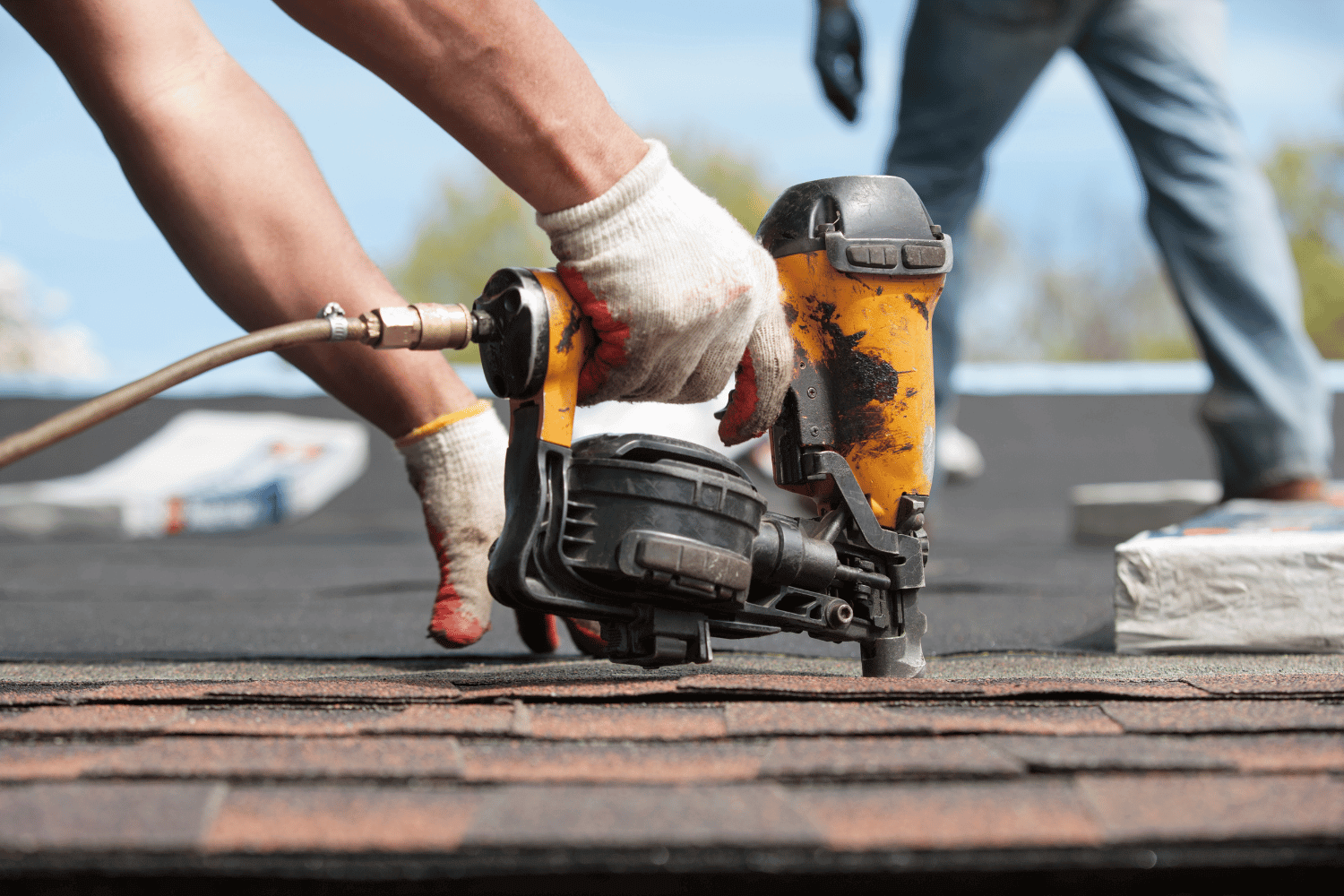
Understanding the warranties and insurance considerations for 30-year shingles is crucial for protecting your investment. Manufacturer’s warranties typically cover defects but not installation costs, while workmanship warranties ensure installation quality.
Proper maintenance and timely repairs keep these warranties valid and simplify insurance claims in case of damage.
Manufacturer’s Warranty
Most manufacturers offer a lifetime limited warranty for 30-year shingles, covering defects for a specified period. However, these warranties usually exclude labor costs for removal and installation of replacement shingles.
Understanding the exclusions and limitations of the manufacturer’s warranty ensures you are fully covered in case of defects.
Workmanship Warranty
A workmanship warranty, provided by the roofing contractor, covers installation errors that may lead to issues like leaks. This warranty ensures the installation is done correctly, keeping the manufacturer’s warranty valid.
Experienced roofing contractors help avoid installation mistakes and potential warranty claims.
Insurance Claims
Filing an insurance claim for roof damage can be complex, but understanding the process helps. Insurance coverage may vary based on the roof’s age and the extent of damage. If shingles are discontinued, insurance companies might need to replace the entire roof rather than just the damaged sections.
Regular roof inspections can uncover hidden damage, aiding in successful insurance claims.
Summary
In conclusion, 30-year shingles offer a compelling combination of durability, aesthetic appeal, and cost-effectiveness. They provide excellent protection against harsh weather, require less maintenance, and enhance the value of your home. With proper installation and regular upkeep, these shingles can serve you well for decades. Consider investing in 30-year shingles for a reliable and attractive roofing solution.
Frequently Asked Questions
What is the first step in the roofing process with Dream Home?
The first step with Dream Home is a consultation where experts assess your roofing needs and offer helpful guidance. It’s a great way to get started on your roofing project!
How long does a typical roofing job take?
A typical roofing job usually takes about 3 to 7 days, depending on the weather and how complex the roof is. So, it’s good to plan accordingly!
Can roofs be replaced during winter or summer?
Absolutely, roofs can be replaced in both winter and summer! Just keep in mind that you’ll need to take extra precautions depending on the temperature.
What factors should be considered when choosing roofing material?
When choosing roofing material, you should consider cost, durability, climate suitability, and design. Each of these factors will help ensure you make the right choice for your home.
How can a homeowner determine if their roof needs repairs or a full replacement?
A thorough inspection is key to understanding if your roof needs repairs or a full replacement. Look for signs like leaks, missing shingles, or sagging areas to help make the right decision.

